In the current home decoration market, bathrooms are no longer just cleaning spaces with a single function; they are also essential places closely related to the quality of life, living comfort, and even home aesthetics. As one of the core elements of the bathroom, selecting mirrors is particularly crucial. With the advancement of technology and design, LED mirrors (also known as LED bathroom mirrors) have gradually gained attention, creating a sharp contrast with traditional, ordinary mirrors.
So, is an LED mirror worth replacing ordinary mirrors in bathroom decoration? Which one is more suitable for modern families? This article will conduct a deep comparison and analysis of the two from the perspective of industry news.
1. Market trend: Intelligence drives mirror upgrade
According to the Houzz 2024 Home Renovation Report, approximately 56% of homeowners in bathroom renovation projects choose to upgrade their bathroom mirrors, with over half of users opting for mirrors with LED lights or innovative features. Compared to three years ago, this proportion has increased by nearly 35%.
Traditional, ordinary mirrors still dominate the mainstream market, especially among households with limited budgets or those seeking minimalist decor. However, as consumers' demands for lighting, energy efficiency, and design aesthetics increase, the market share of LED mirrors is steadily expanding.
Industry insiders generally believe that the mirror market is undergoing a transformation similar to that of the lighting industry, moving from a single function to one of intelligence, diversification, and aesthetics.
2. Advantages of LED Mirror
1. Uniform lighting
The LED Mirror features built-in circular or embedded light strips, which effectively reduce shadows and provide uniform, soft lighting, making it especially suitable for scenes that require precise lighting, such as makeup and shaving.
2. Energy conservation and environmental protection
LED light sources have high energy efficiency and long lifespan. According to Energy Star data, LED lamps consume 70% less energy than halogen lamps and have a lifespan of over 25000 hours.
3. Anti-fog and intelligent functions
Many LED mirrors are equipped with anti-fog heating film, touch switches, dimming and color adjustment, Bluetooth speakers, and even a time/temperature display to enhance the bathroom experience.
4. Aesthetic enhancement
LED light strips are not only practical but also visually enhance the sense of spatial hierarchy, making the bathroom appear more modern and technological.
3. Shortcomings of the LED Mirror
1. High cost
Compared to ordinary mirrors, the price of LED mirrors is typically 2-4 times higher, and high-end products can cost hundreds of dollars or more.
2. Complex installation
The need for power connection often requires hiring professional electricians for construction, which increases the cost and time of decoration.
3. Inconvenient maintenance
Once the LED strip or circuit is damaged, it is difficult to repair, and users may need to replace it as a whole.
4. The advantages of ordinary mirrors
1. Low cost
Ordinary mirrors are affordable, and even high-quality explosion-proof glass or copper-free mirrors are generally lower than LED mirrors.
2. Easy installation
No power supply is required; simply fix it to the wall. It features simple maintenance and almost no post-installation costs.
3. Versatile Style
From minimalist to retro, and from minimalist Nordic to American classical, ordinary mirrors are suitable for a variety of bathroom styles.
4. Strong durability
Without circuit components, there are no electronic failure issues, and the service life depends more on the material and maintenance.
5. The shortcomings of ordinary mirrors
1. Lack of lighting
Relying solely on ceiling lights or wall lights often creates facial shadows, which can affect the daily grooming experience.
2. Single function
The lack of intelligent functions, such as anti-fog and dimming, makes it difficult for the product to meet the needs of modern users for convenience and comfort.
6. Real user feedback
In the Reddit and Houzz communities, there is a clear differentiation in user experience feedback:
A user who supports LED Mirror said, "The makeup time in the morning is even, and you can use soft light even when you wake up at night without having to turn on the overhead light, which is very thoughtful.
Another user pointed out, 'The LED mirror is indeed beautiful, but after using it for three years, the LED strip is broken and the repair cost is close to the price of buying a new mirror.'. ”
Ordinary mirror users generally emphasize cost-effectiveness: "I bought a large mirror for less than $100, installed it myself, and used it for 5 years without any problems.

7. Designer’s viewpoint: How to choose?
Many interior designers suggest that when choosing between LED mirrors and regular mirrors, the following factors should be considered:
Budget: If the budget is sufficient and the pursuit of intelligent experience is pursued, the LED Mirror is worth investing in. If the budget is limited, ordinary mirrors are still a reliable option.
Space size: Small bathrooms are more suitable for LED mirrors, as they can enhance the sense of lighting hierarchy in limited spaces.
Style positioning: Modern simplicity and technological decoration tend to lean towards LED mirrors, while retro or rural styles are more suitable for ordinary mirrors.
Usage requirements: Do you need anti-fog, dimming, and intelligent functions? If only basic functions are necessary for daily life, a regular mirror is entirely sufficient.
8. Future trend: Smart mirrors may become mainstream
With the increasing popularity of smart homes, the intelligence level of bathroom mirrors is expected to be further enhanced in the future. For example:
AI makeup assistance: automatically adjusts the optimal lighting based on facial lighting and skin type.
Health monitoring: Monitor skin condition or body temperature through built-in sensors on the mirror.
Voice control: Linking with platforms such as Alexa and Google Home to achieve lighting and music control.
This means that the LED Mirror is not the end, but a transitional stage towards smart mirrors.
9. Conclusion: Which one is more suitable for your bathroom?
Overall, LED mirrors are more suitable for users who value modernity, an intelligent experience, and high-quality lighting. In contrast, ordinary mirrors excel in cost-effectiveness, ease of installation, and a diverse range of styles.
In bathroom decoration, there is no absolute "better" choice of mirror, but it depends on your budget, style, positioning, and functional needs.
If you want the bathroom to become a space that combines aesthetics and technology, investing in LED mirrors is worth considering.
If you prioritize economy, practicality, simplicity, and durability, ordinary mirrors remain the classic choice.
In the future, as costs decrease and technology advances, LED mirrors may gradually replace ordinary mirrors and become a standard feature in bathroom decoration. However, for now, the two will continue to coexist in the long term, jointly meeting market demands at different levels.

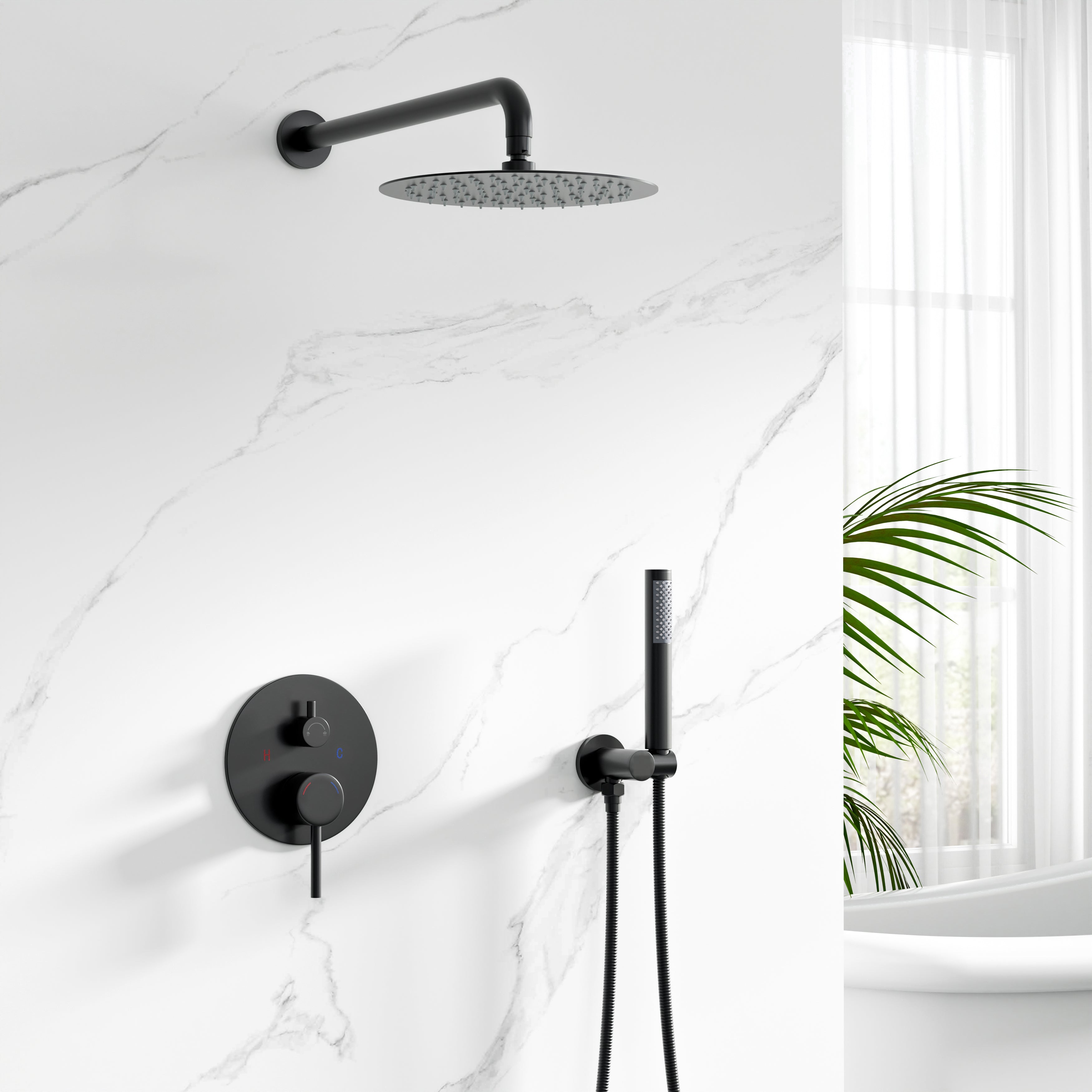
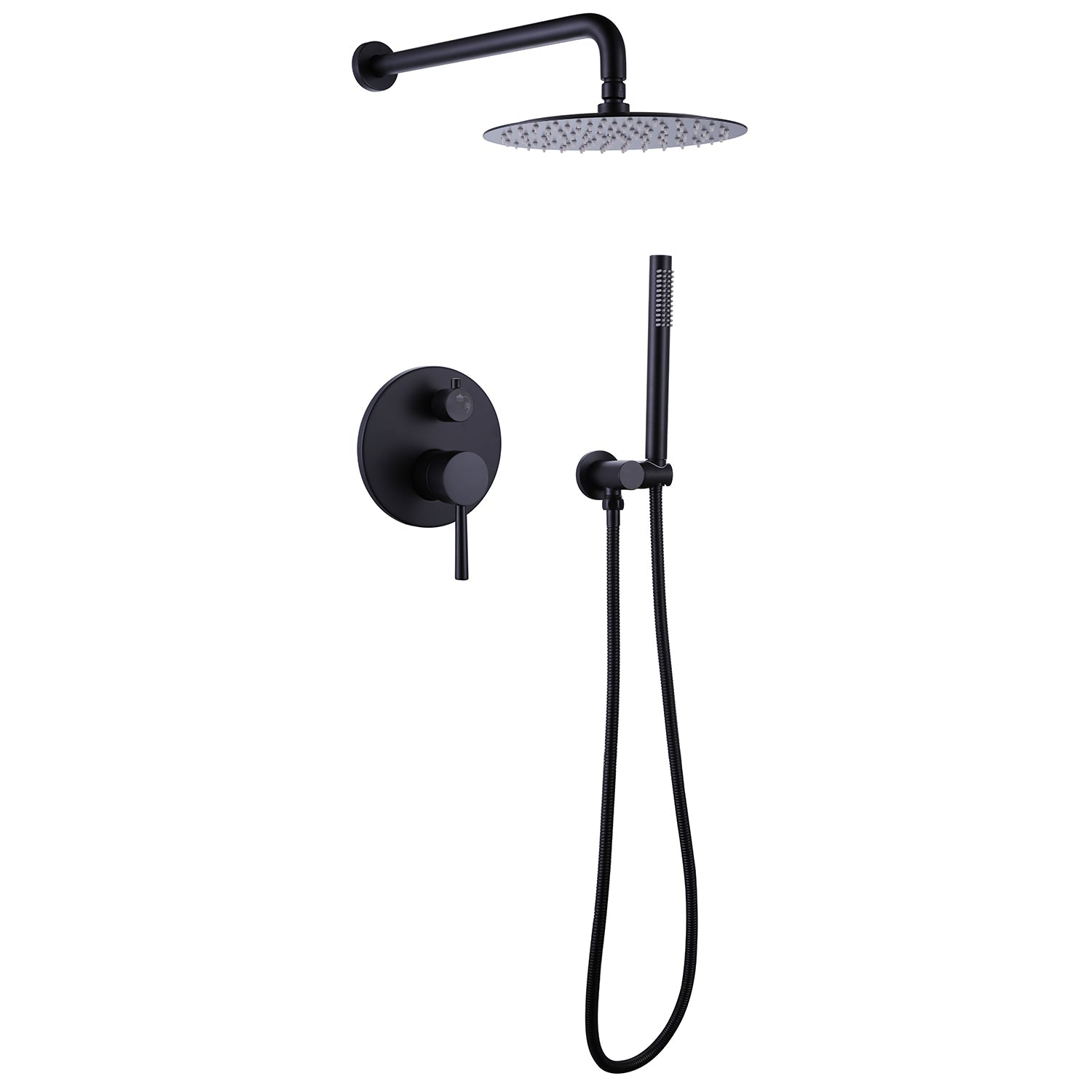


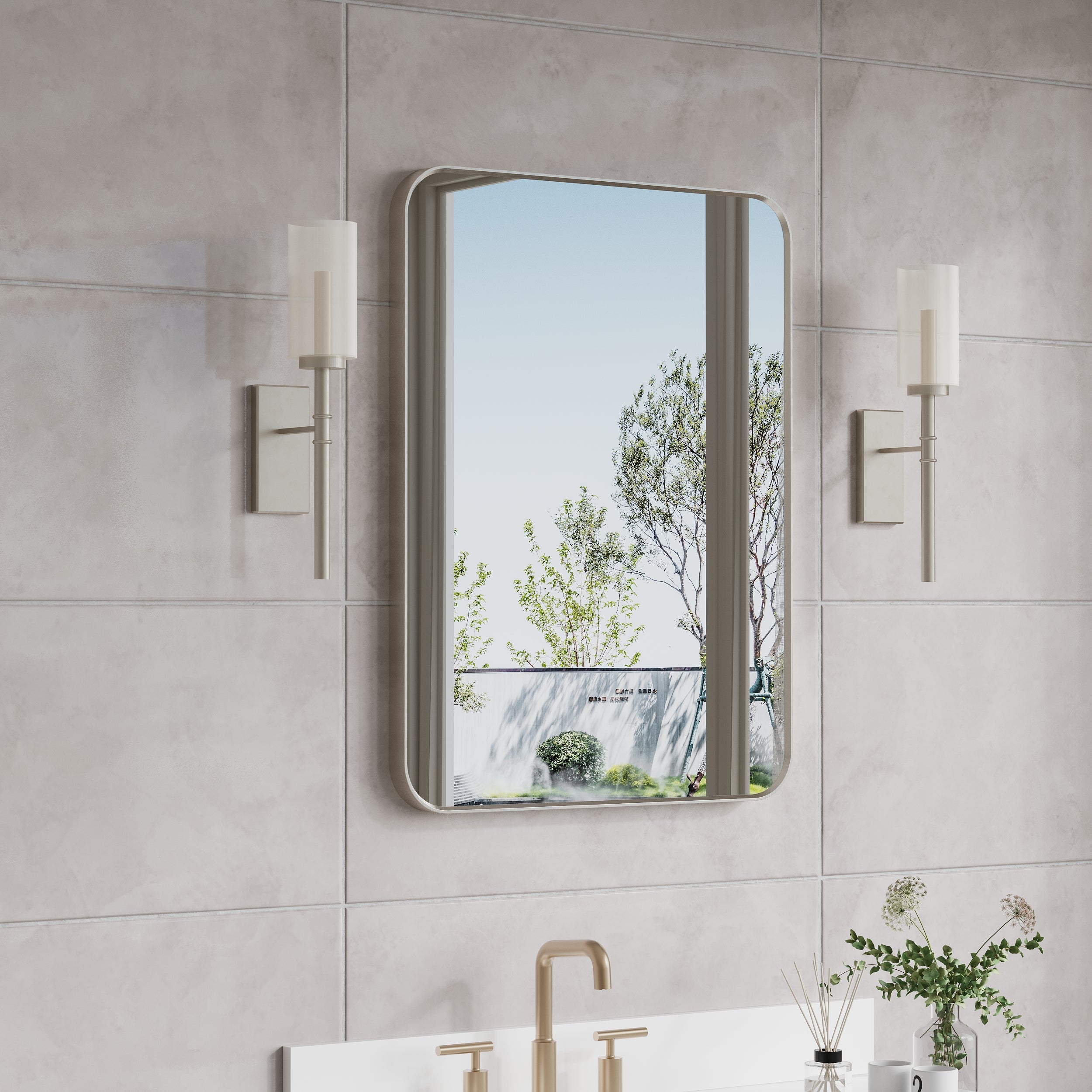
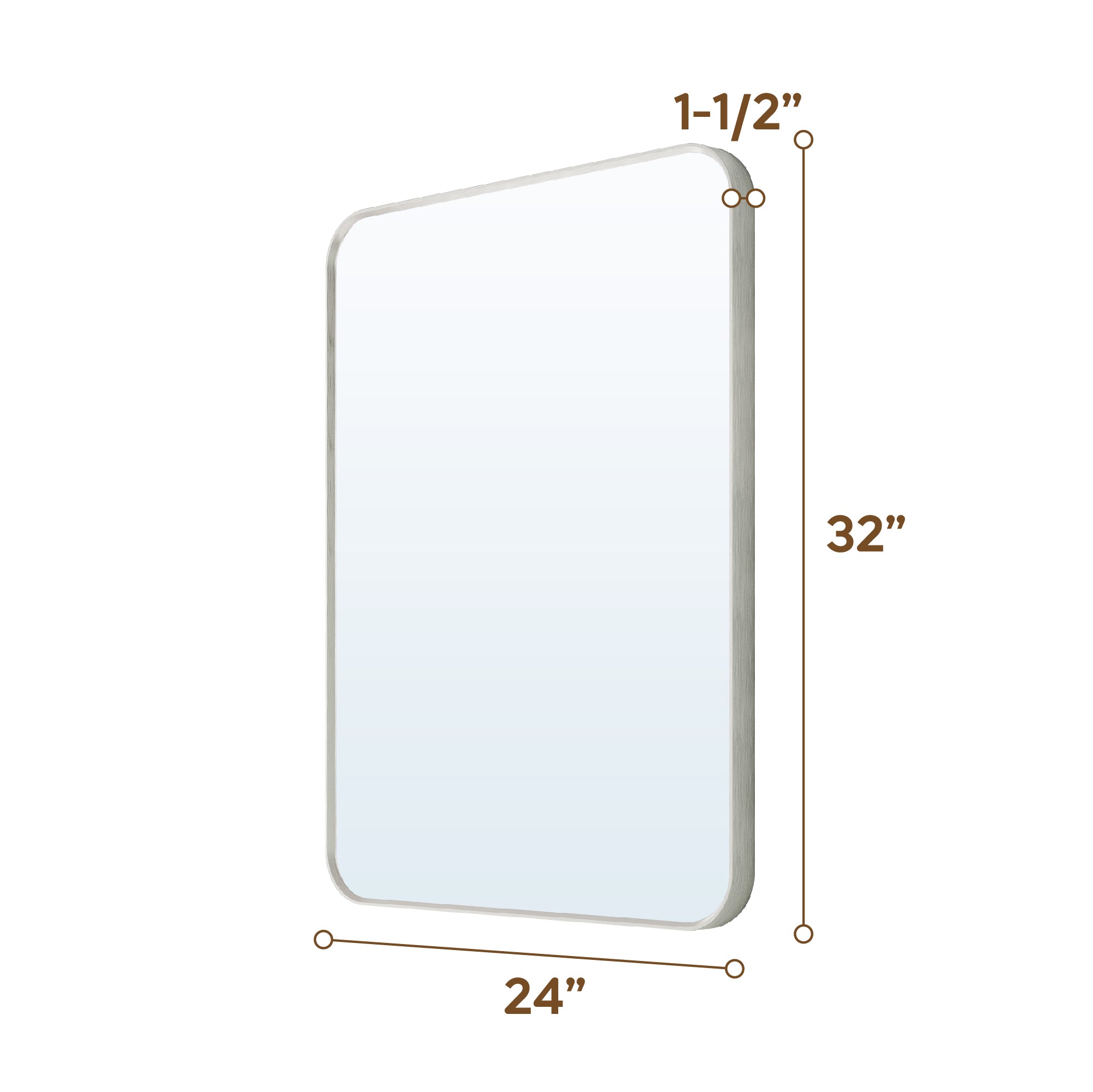

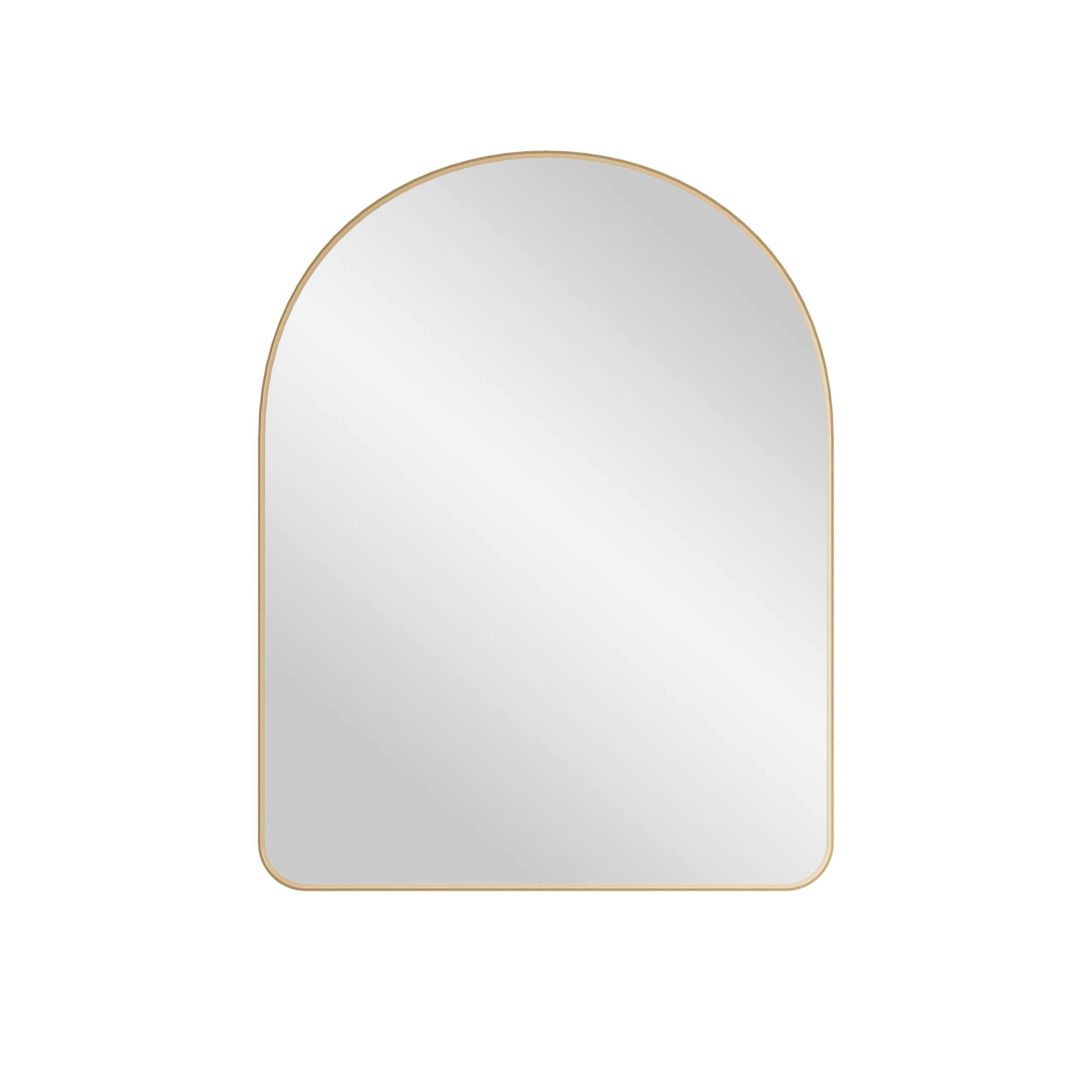

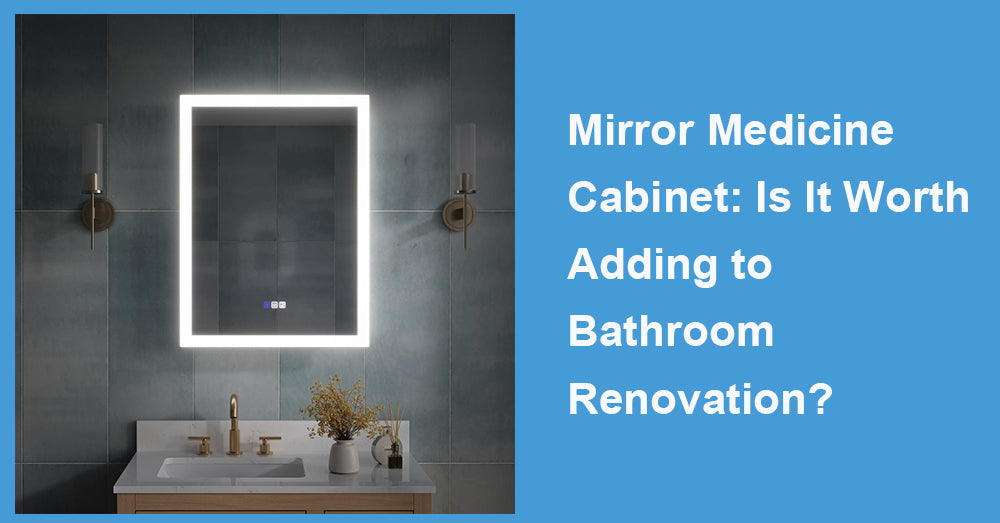
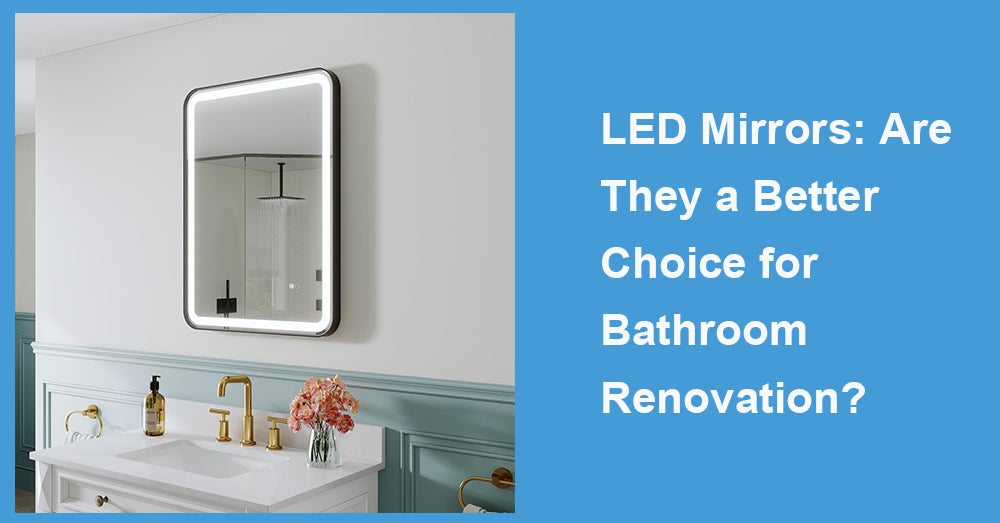
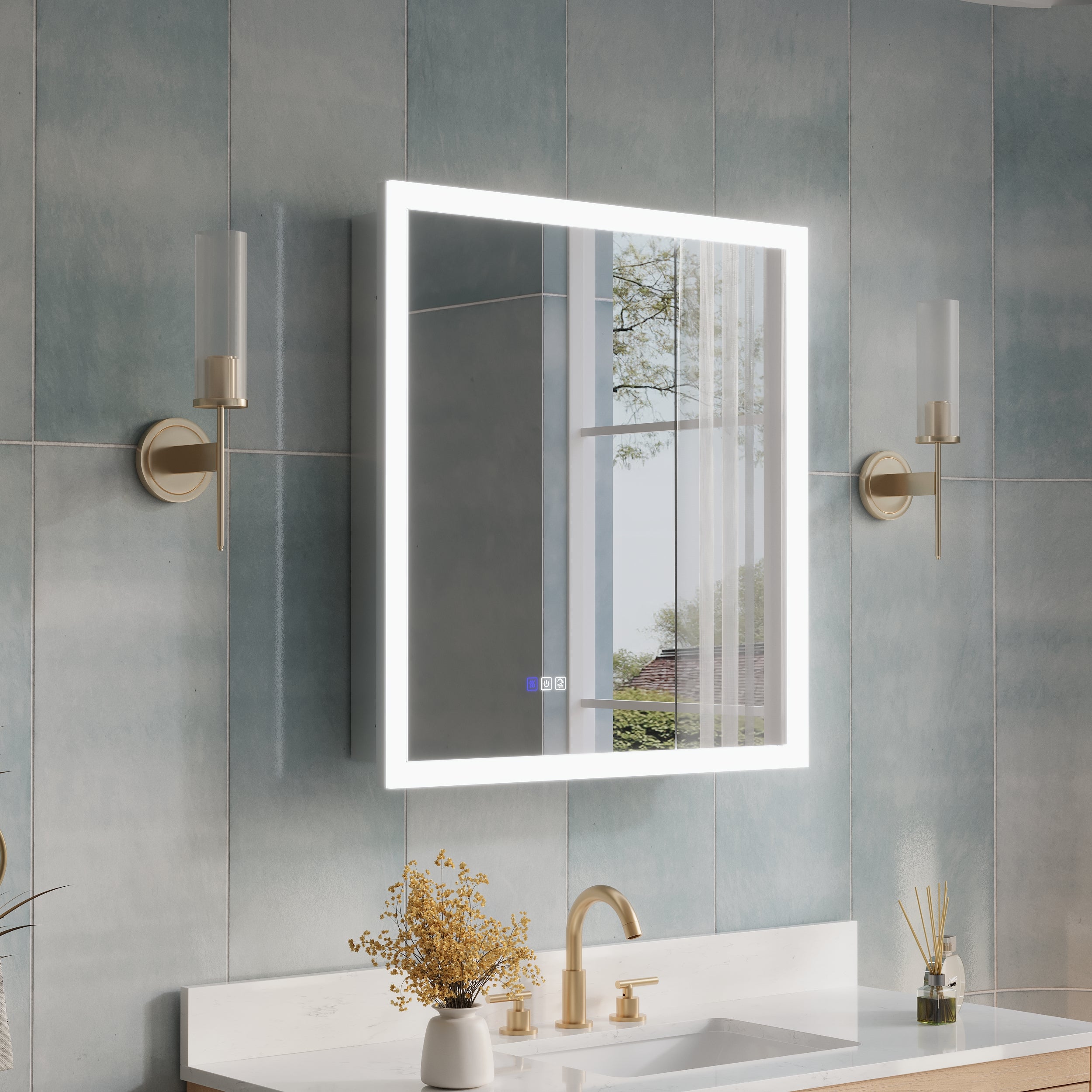
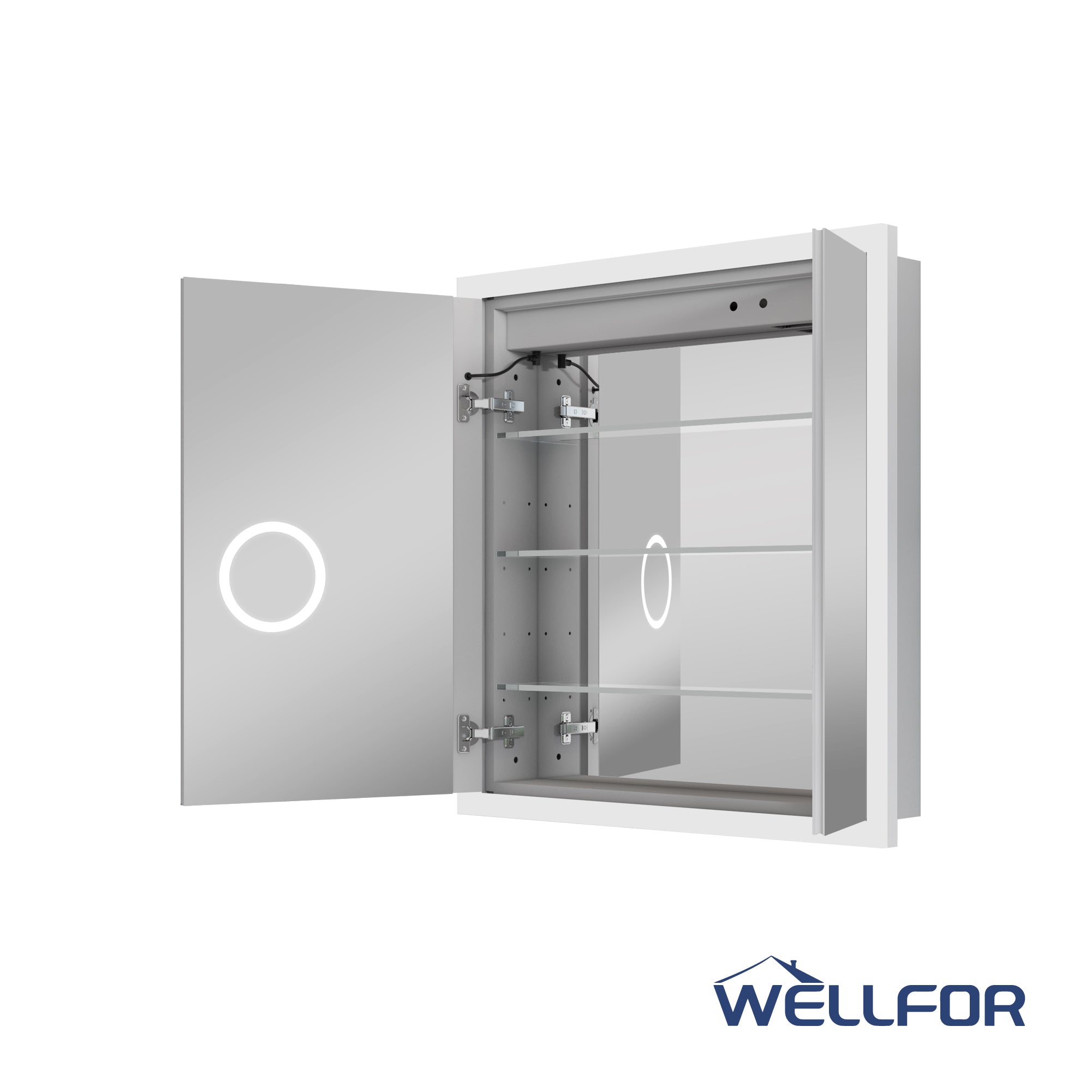
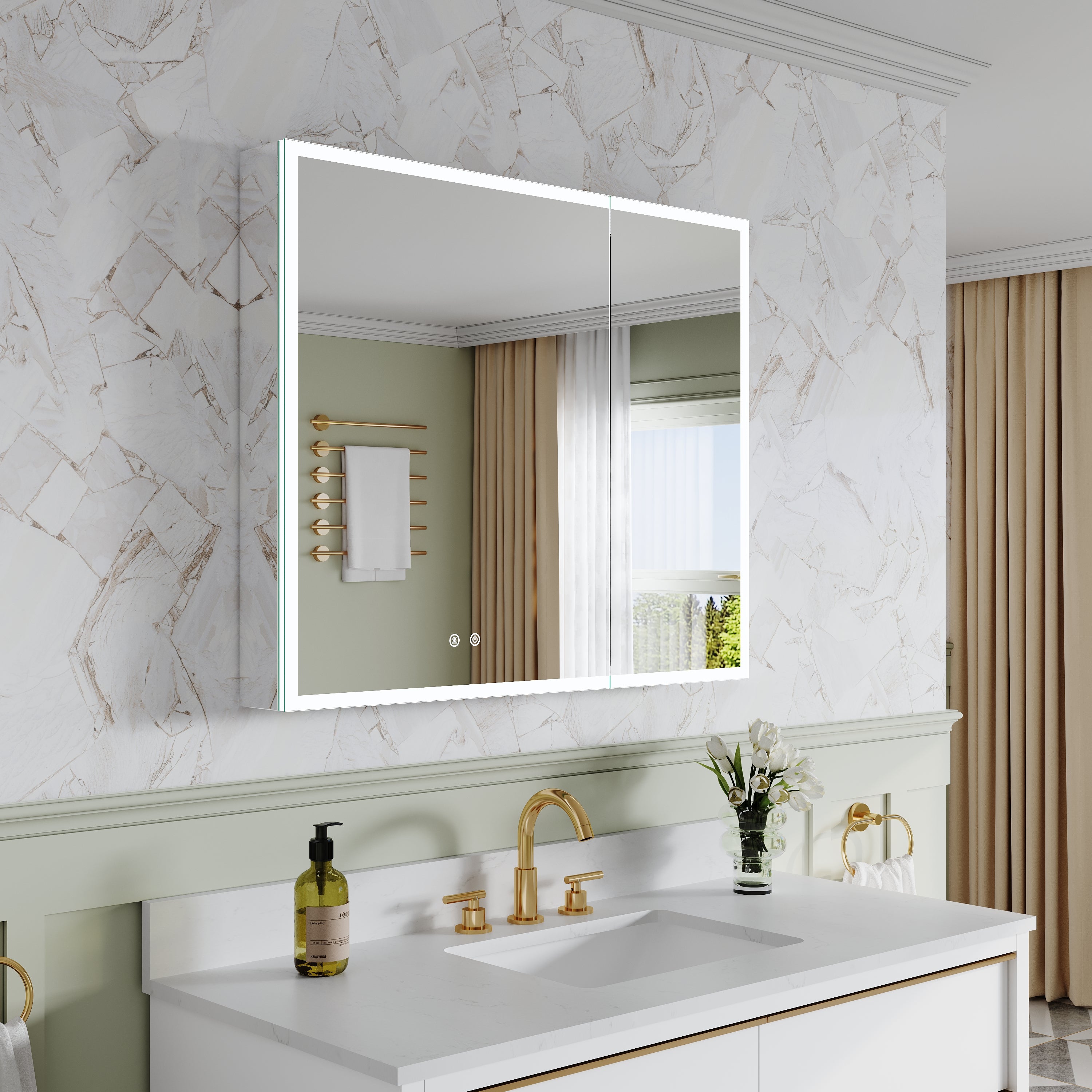
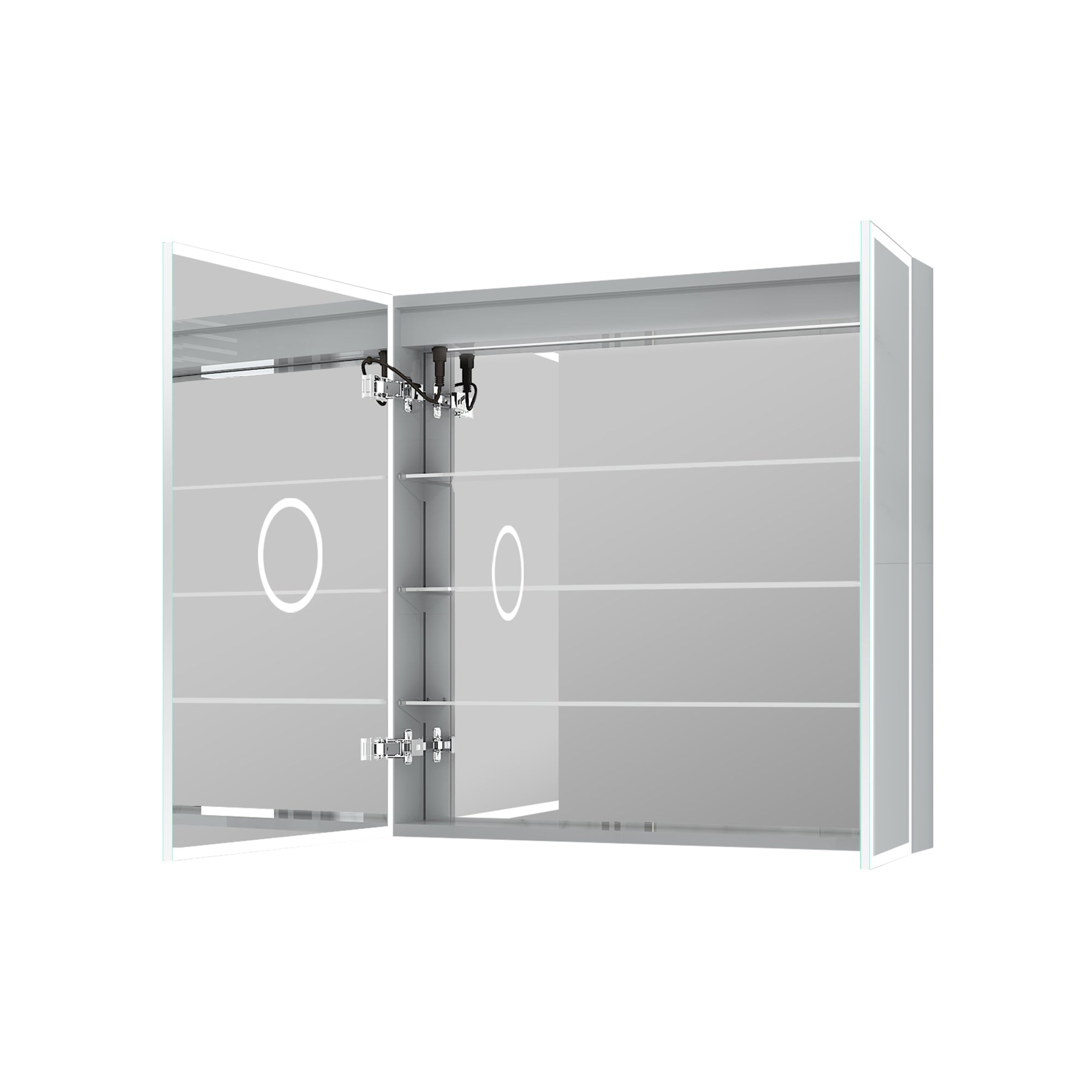
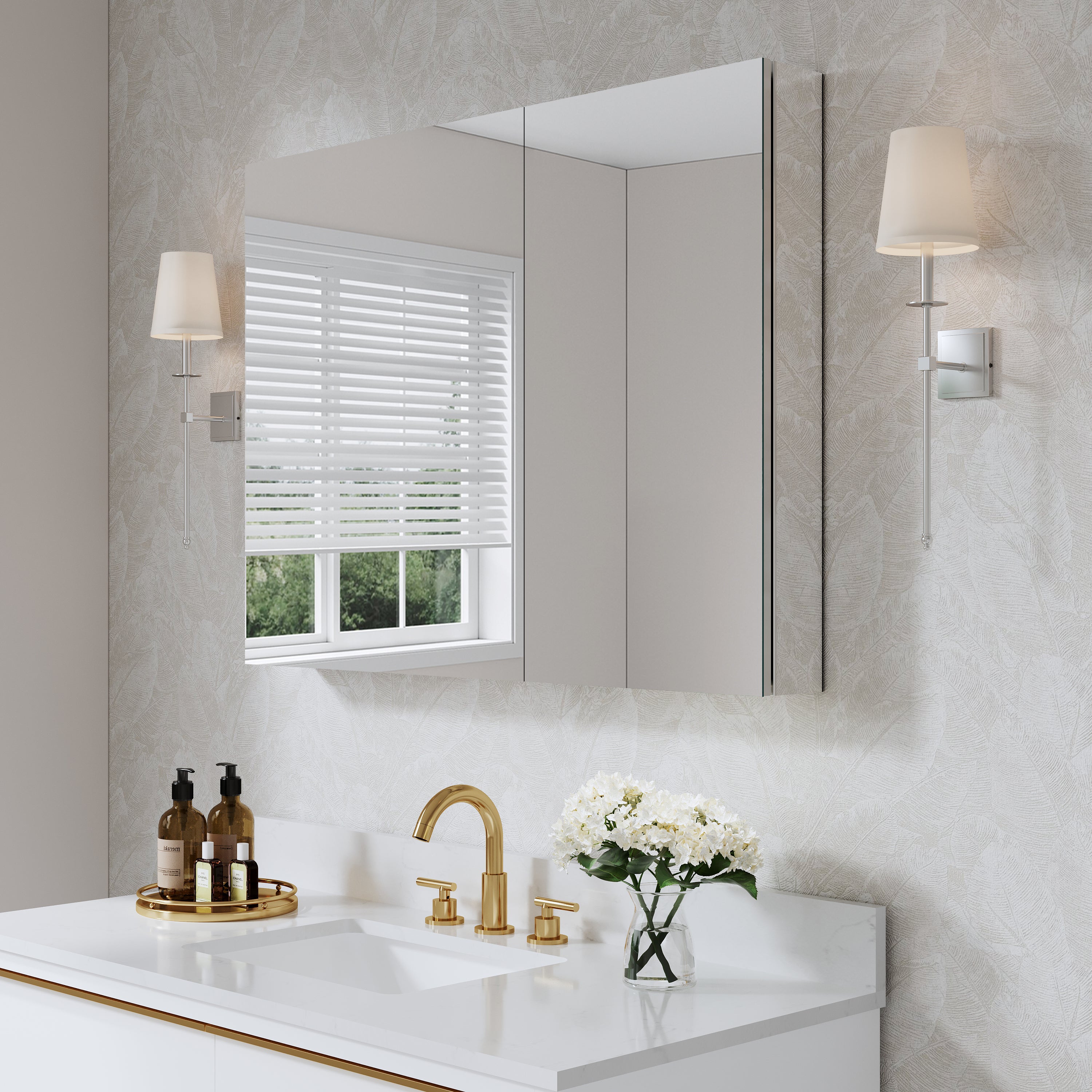

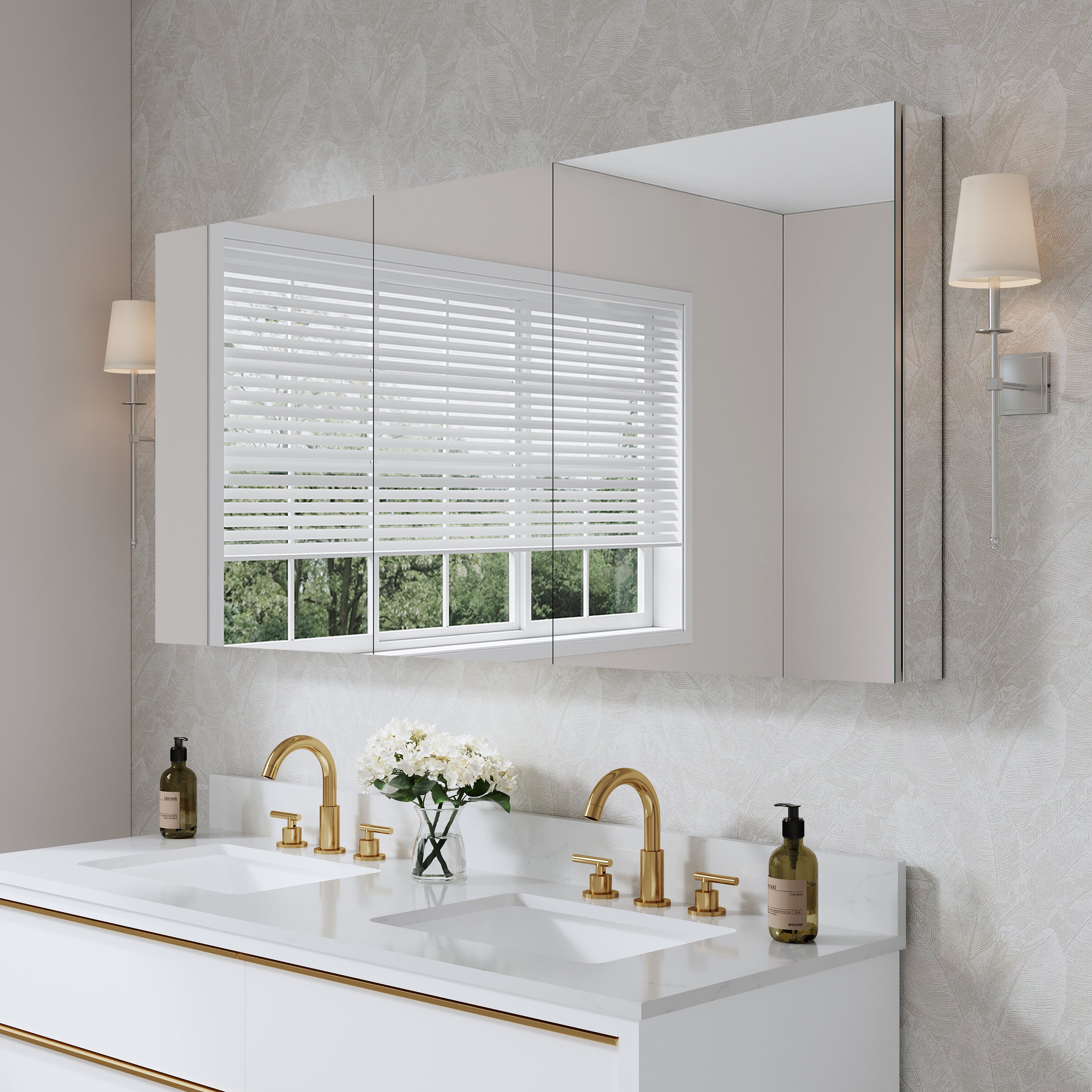

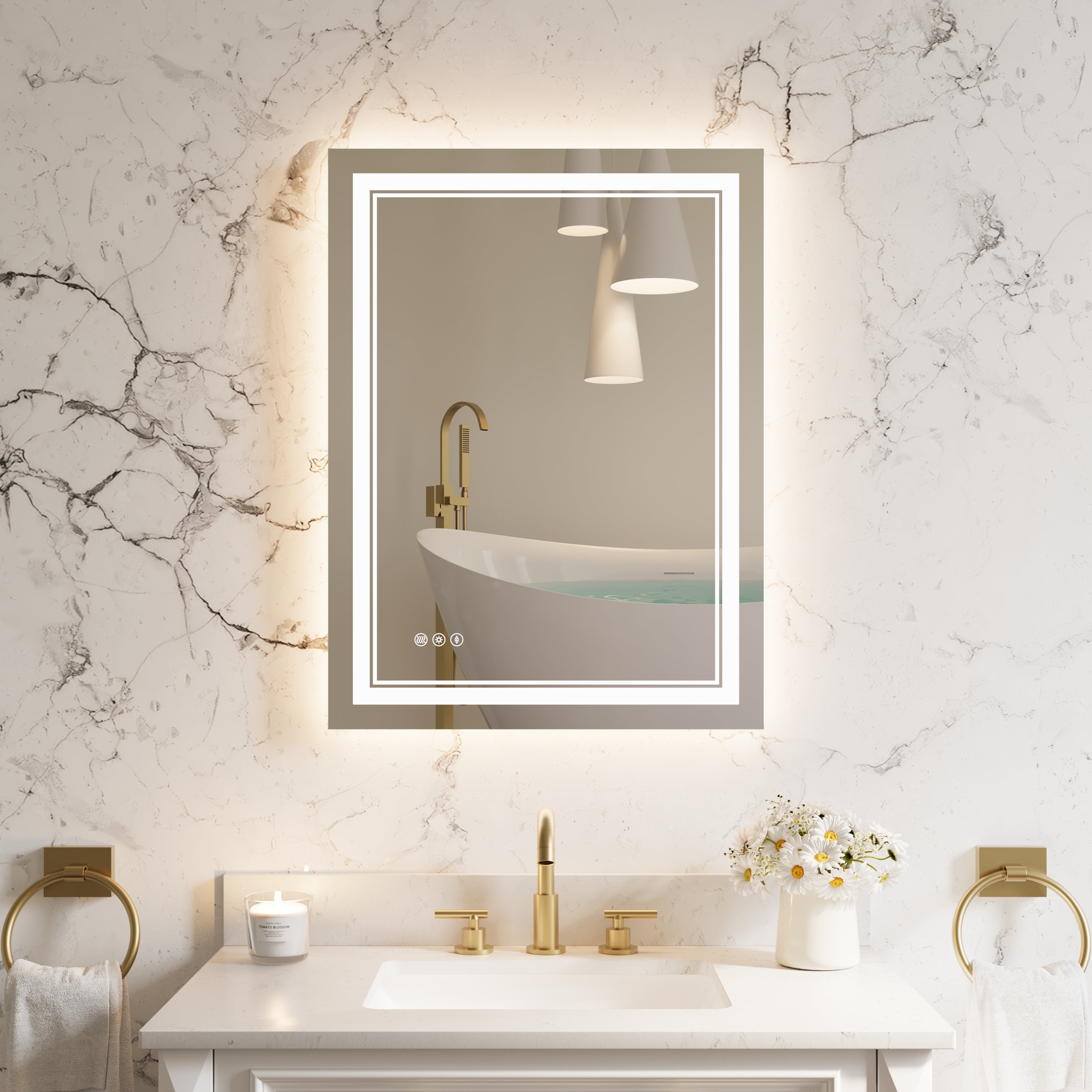
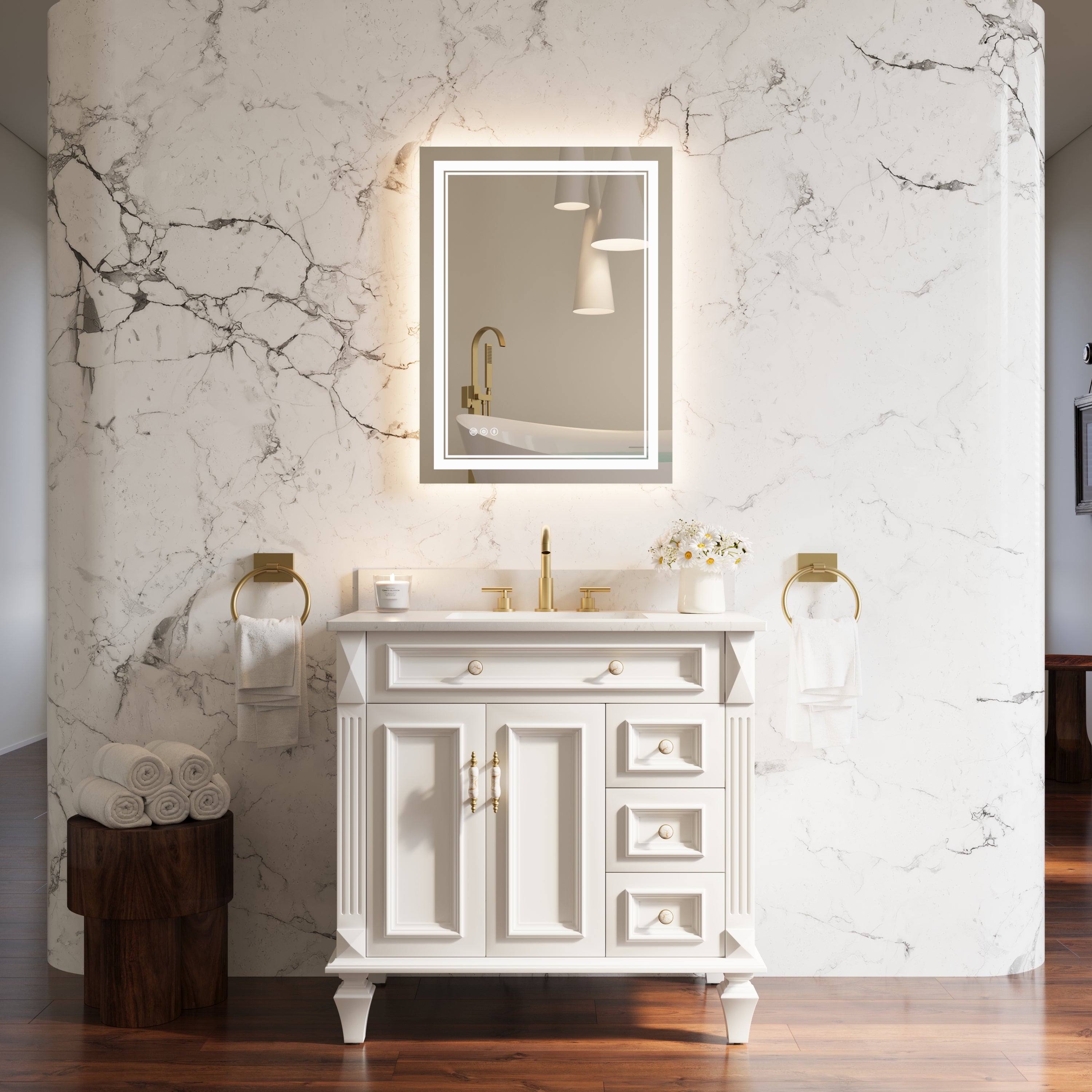
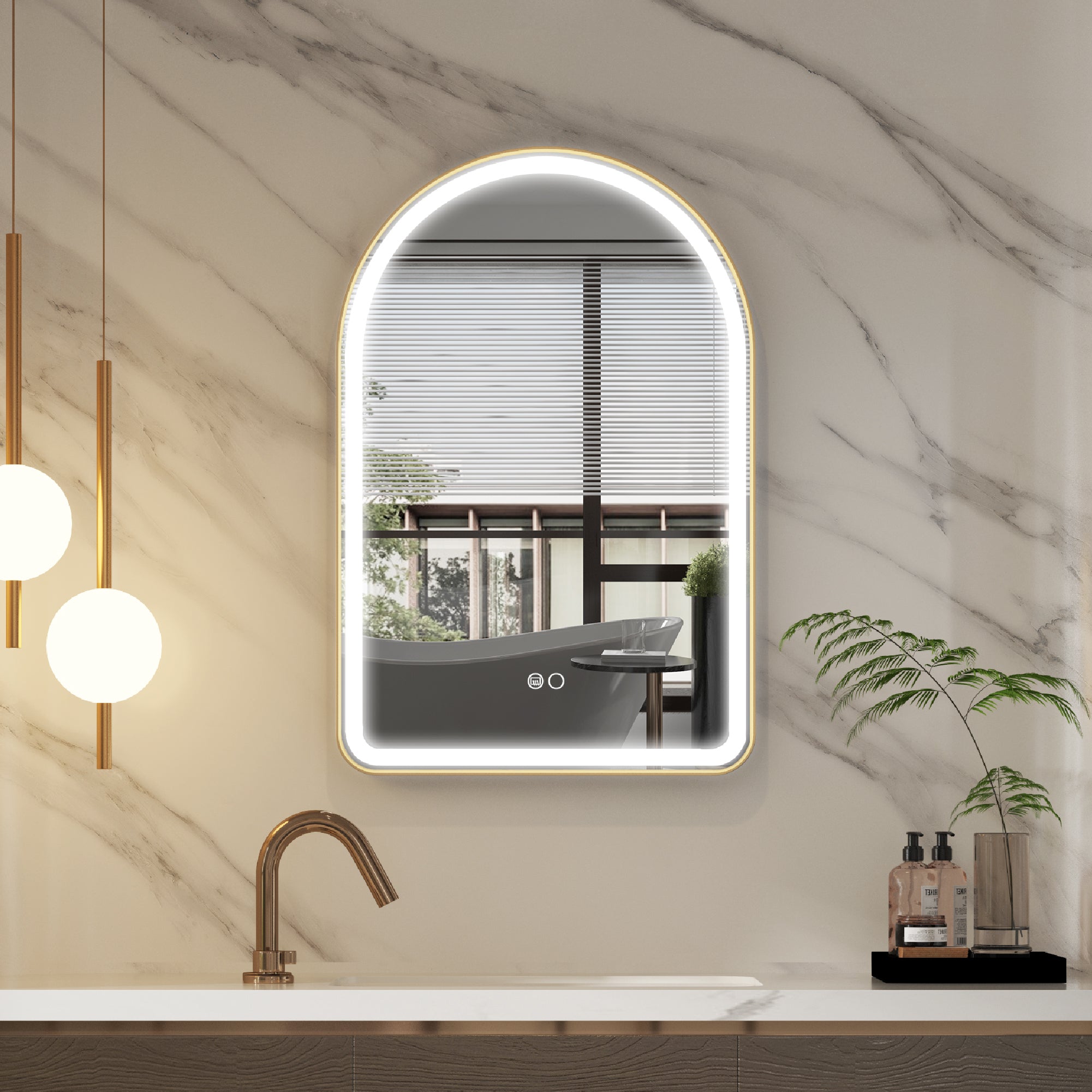
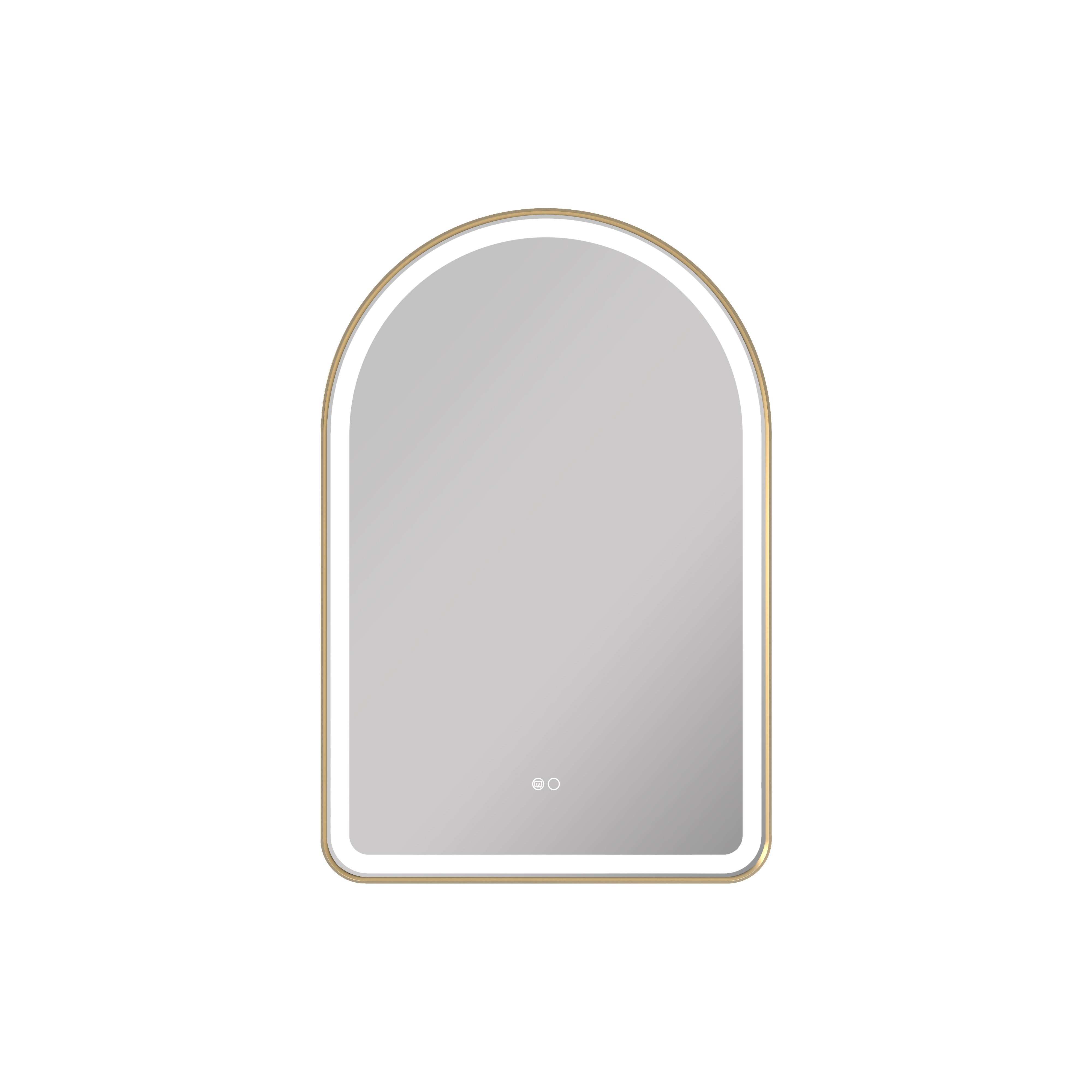
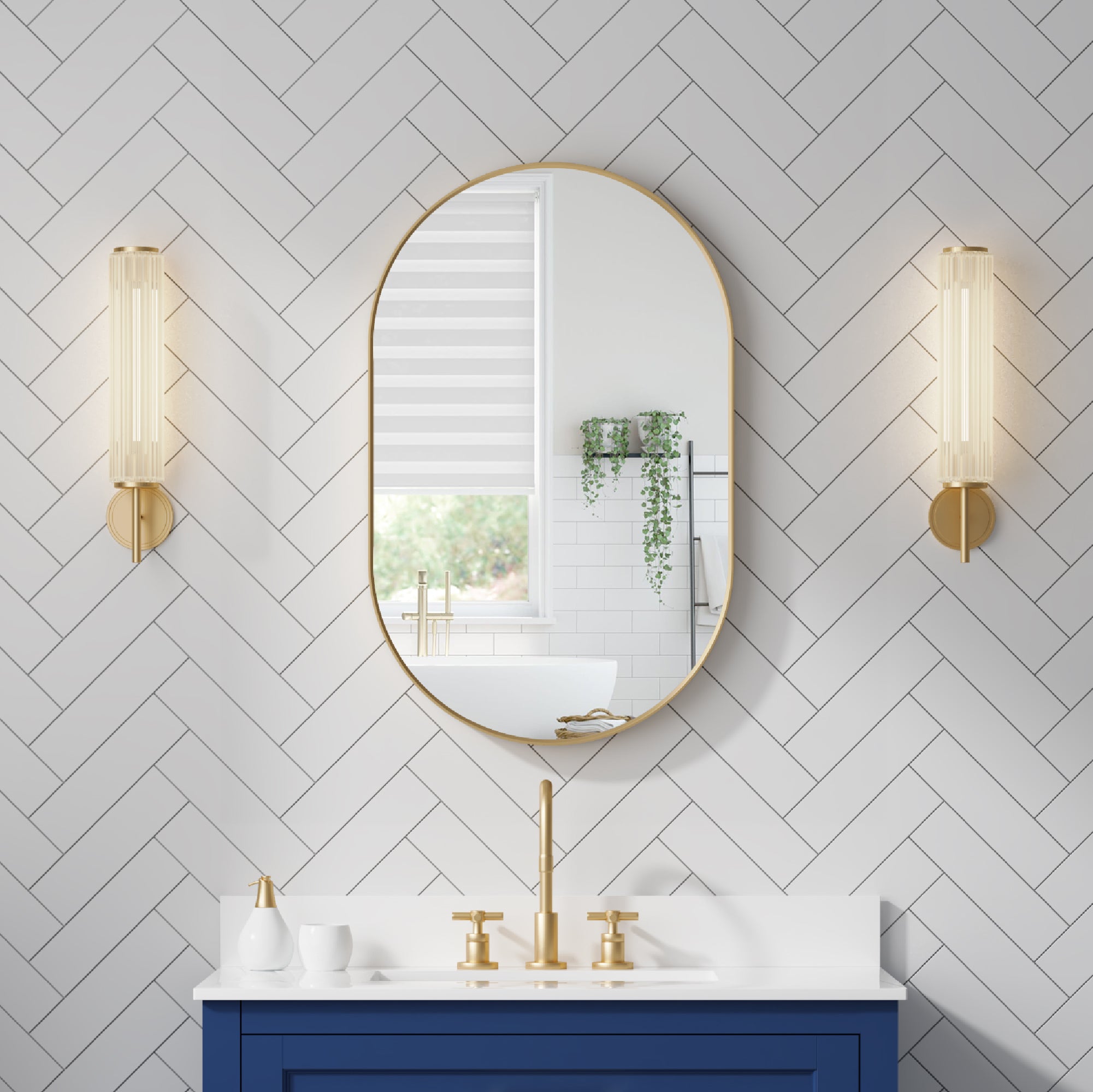
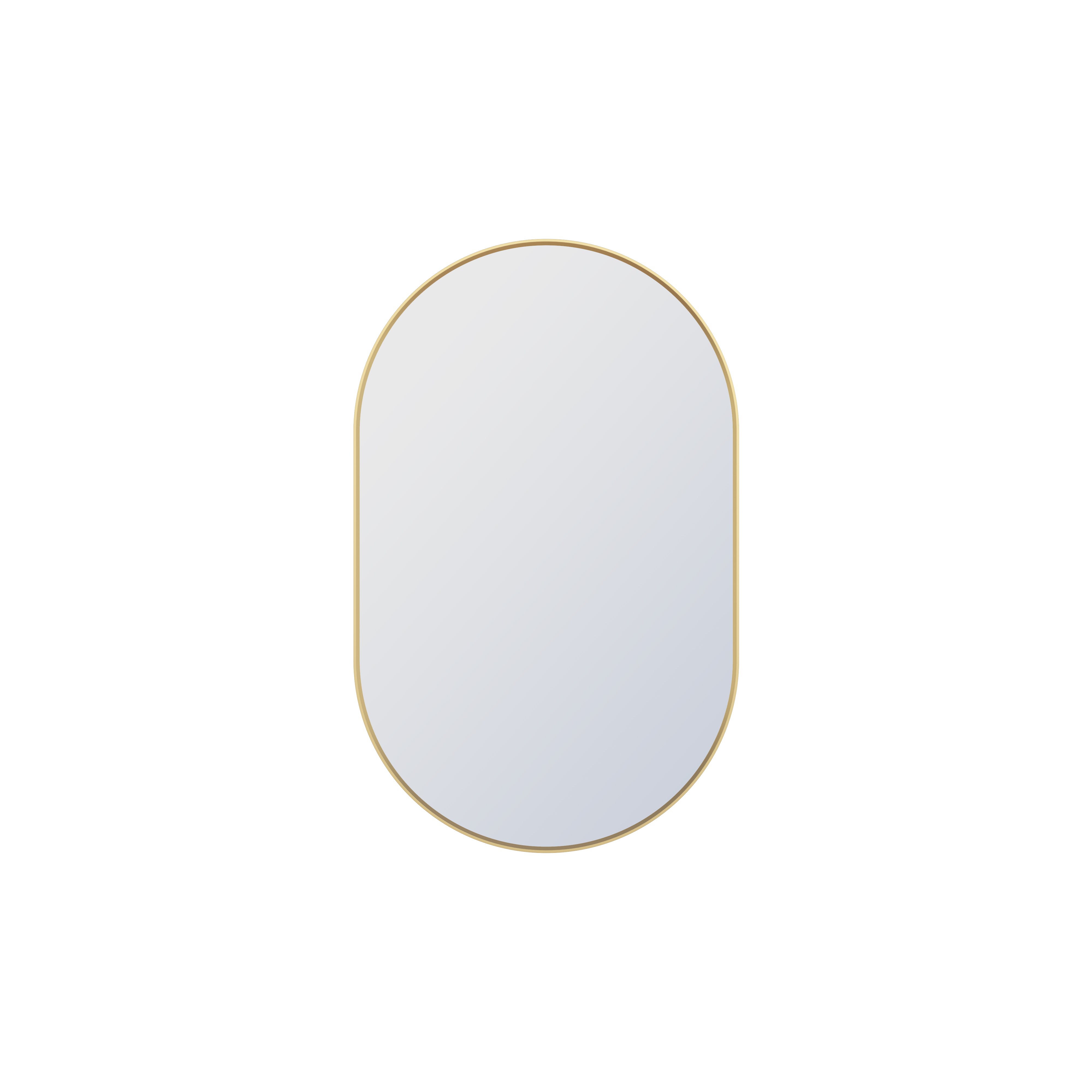


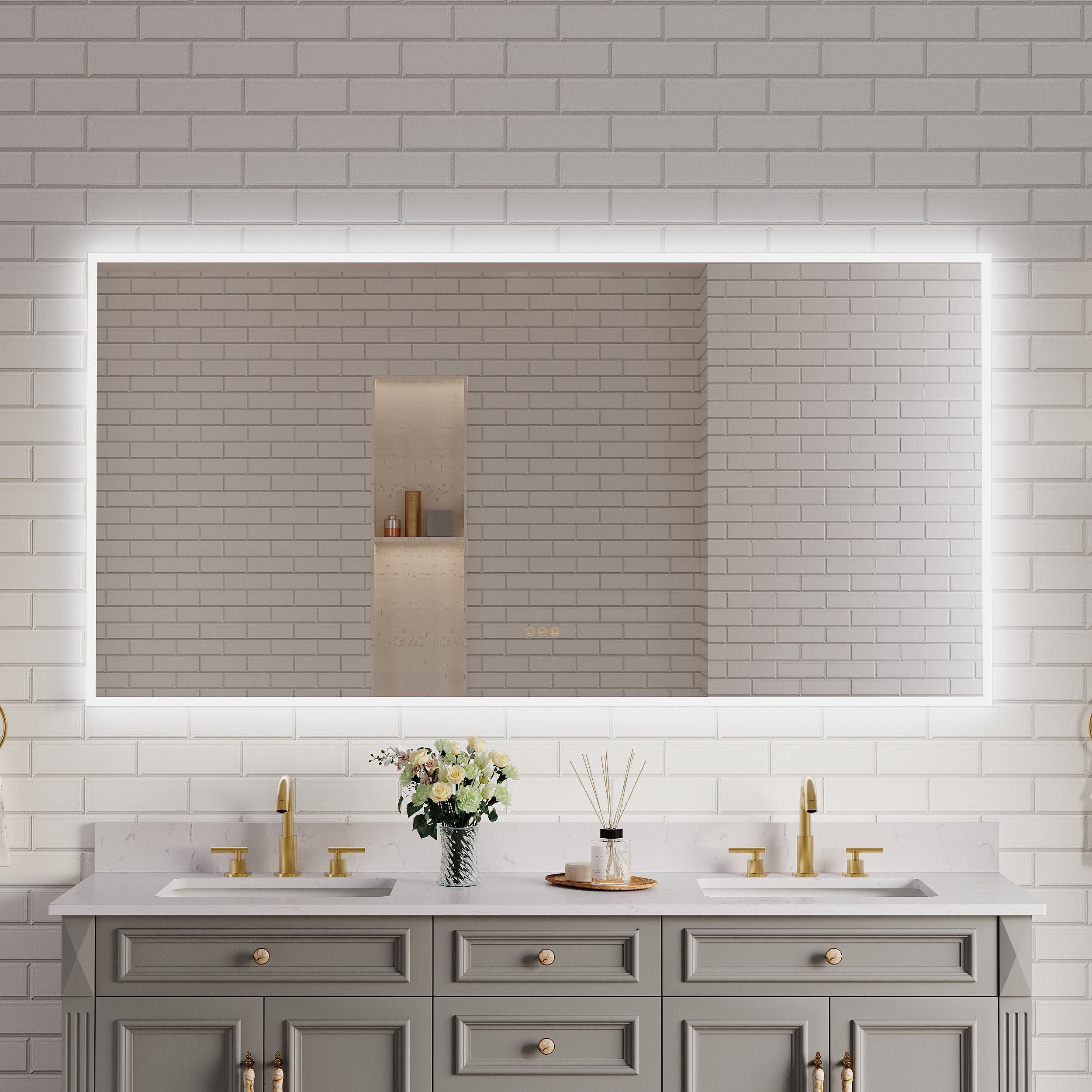





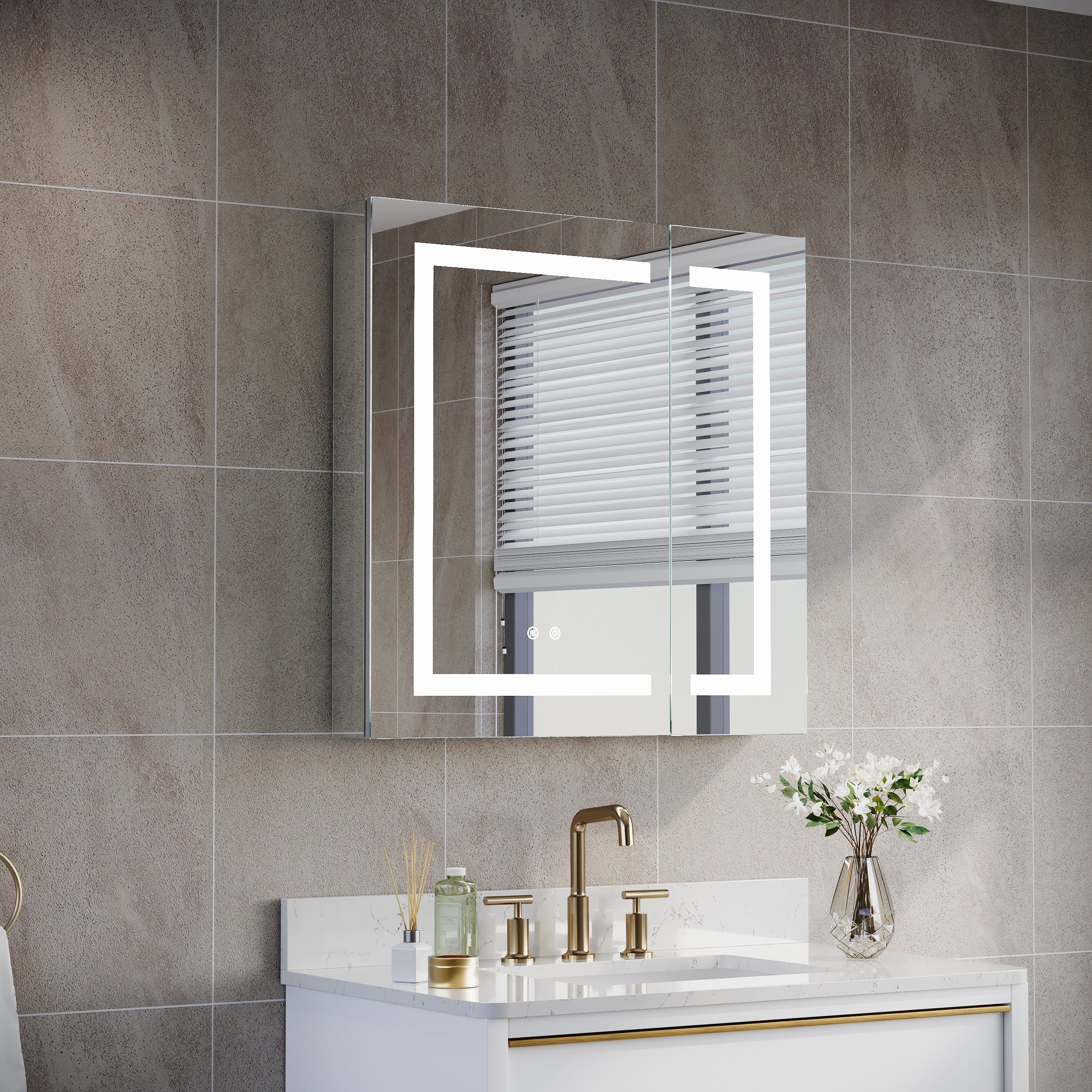
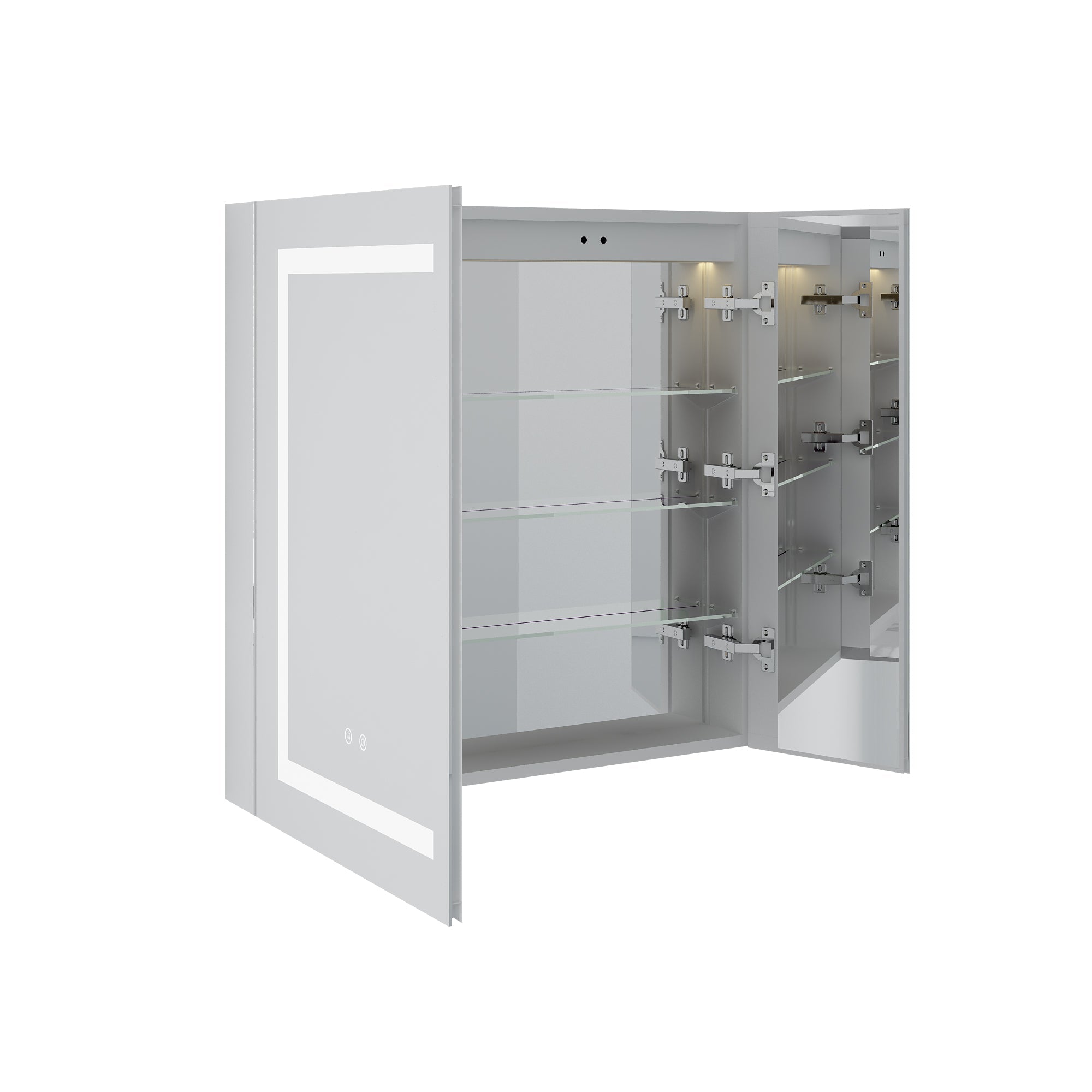




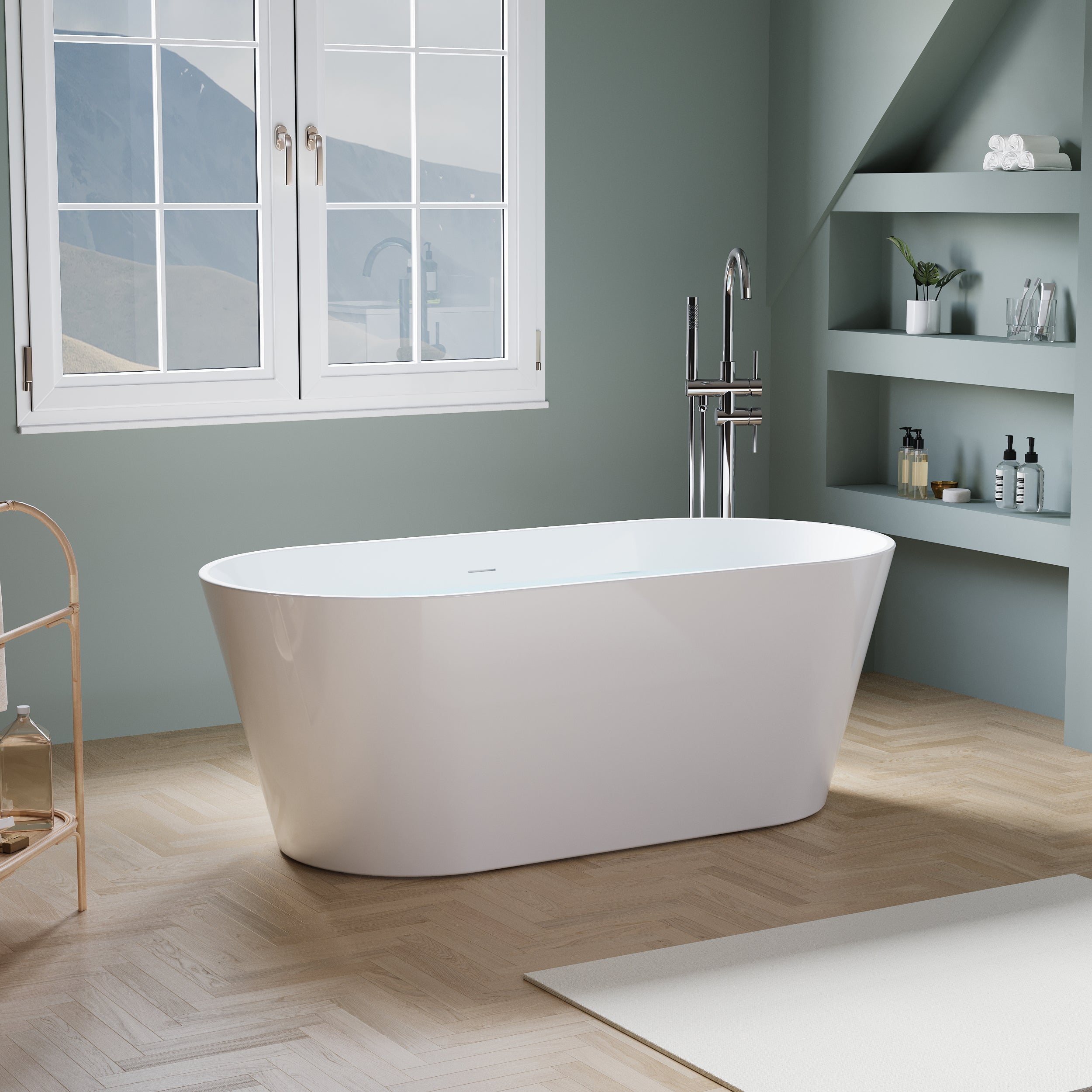
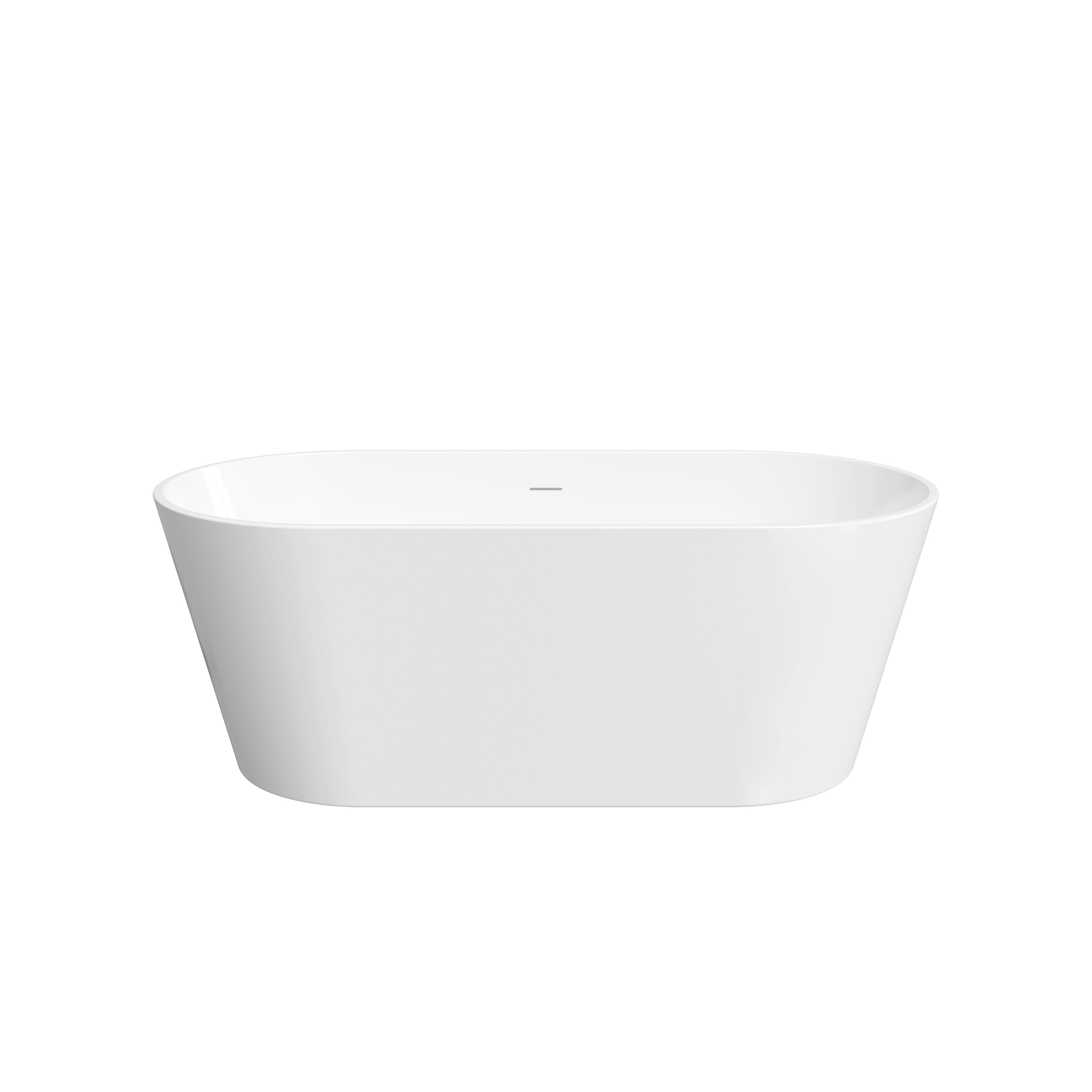


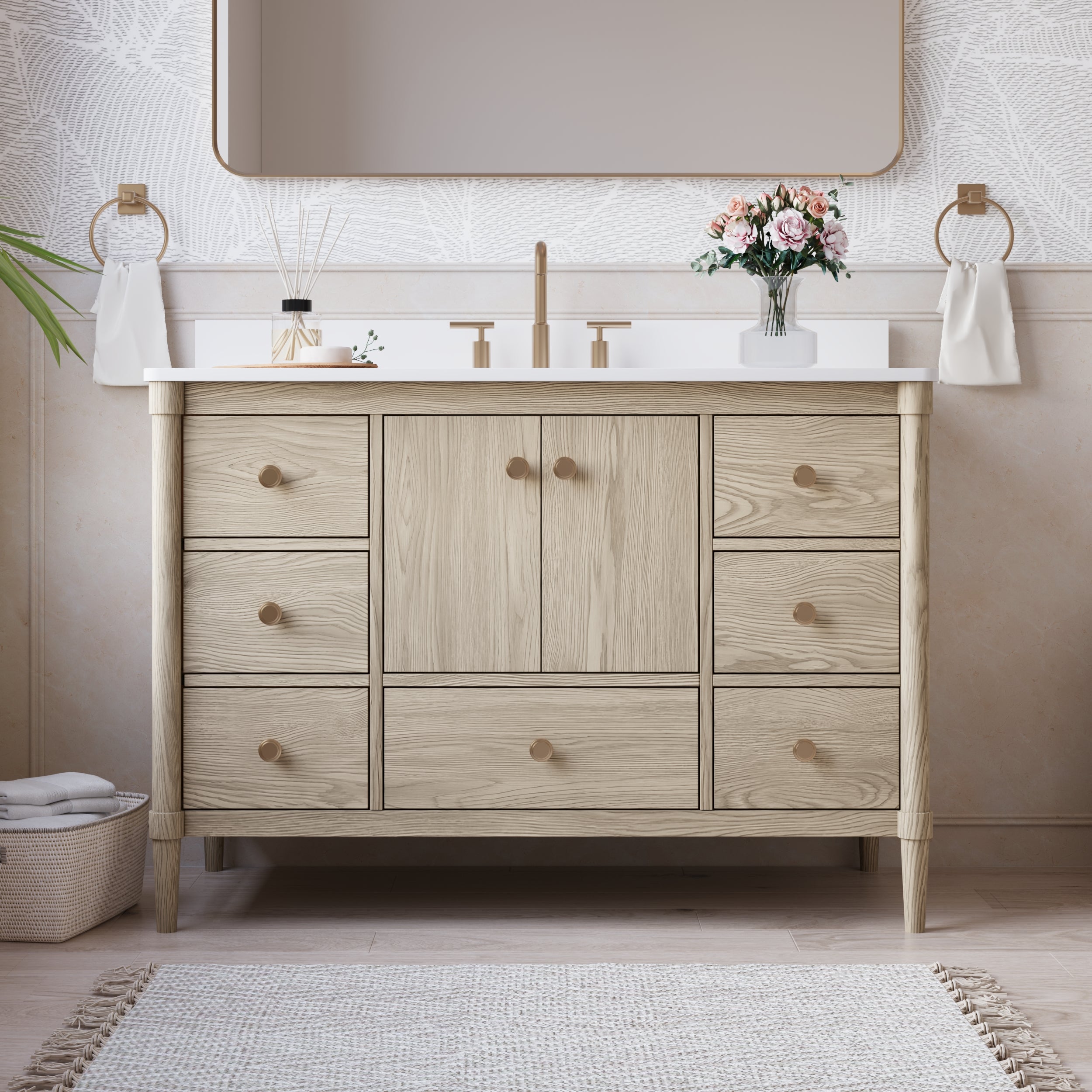
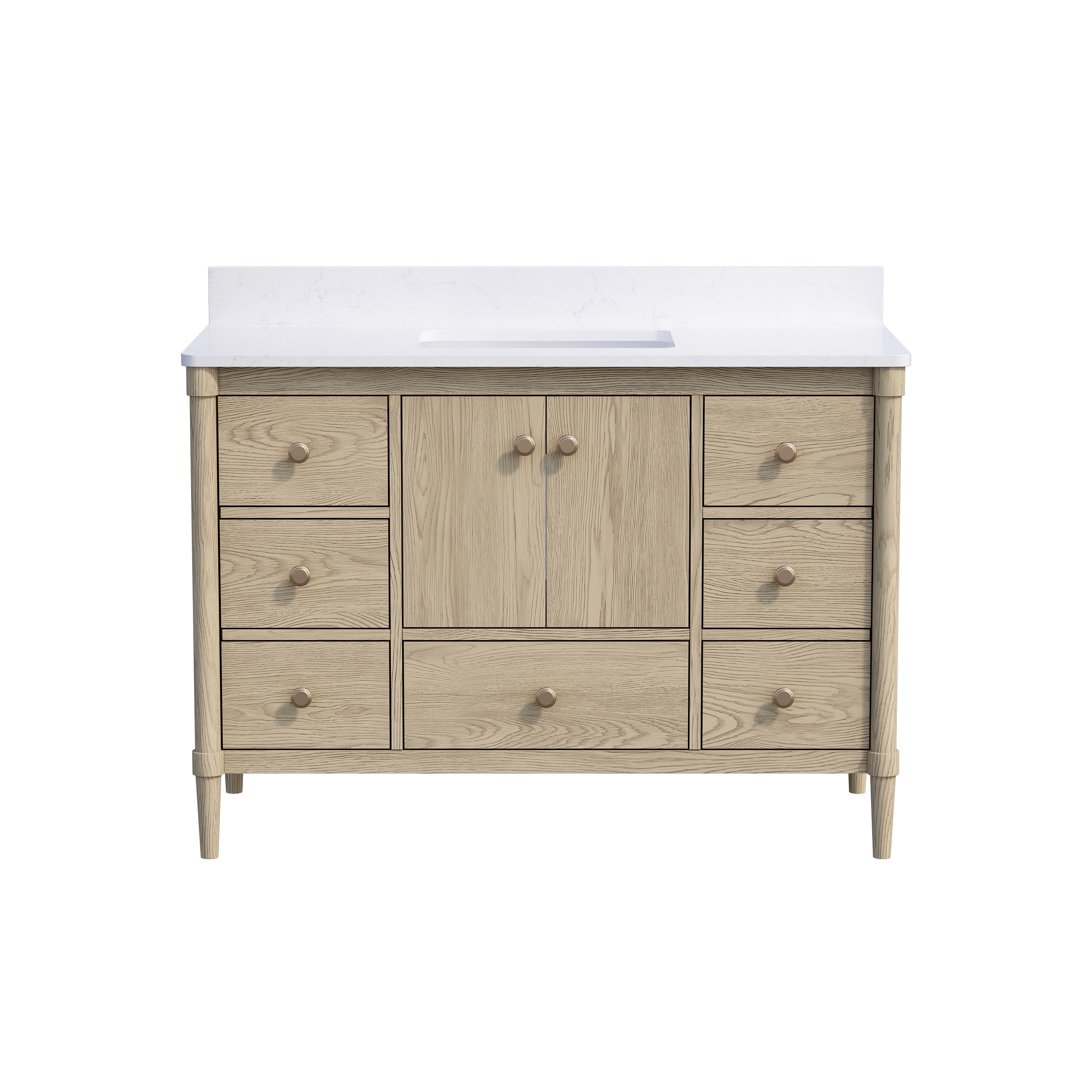
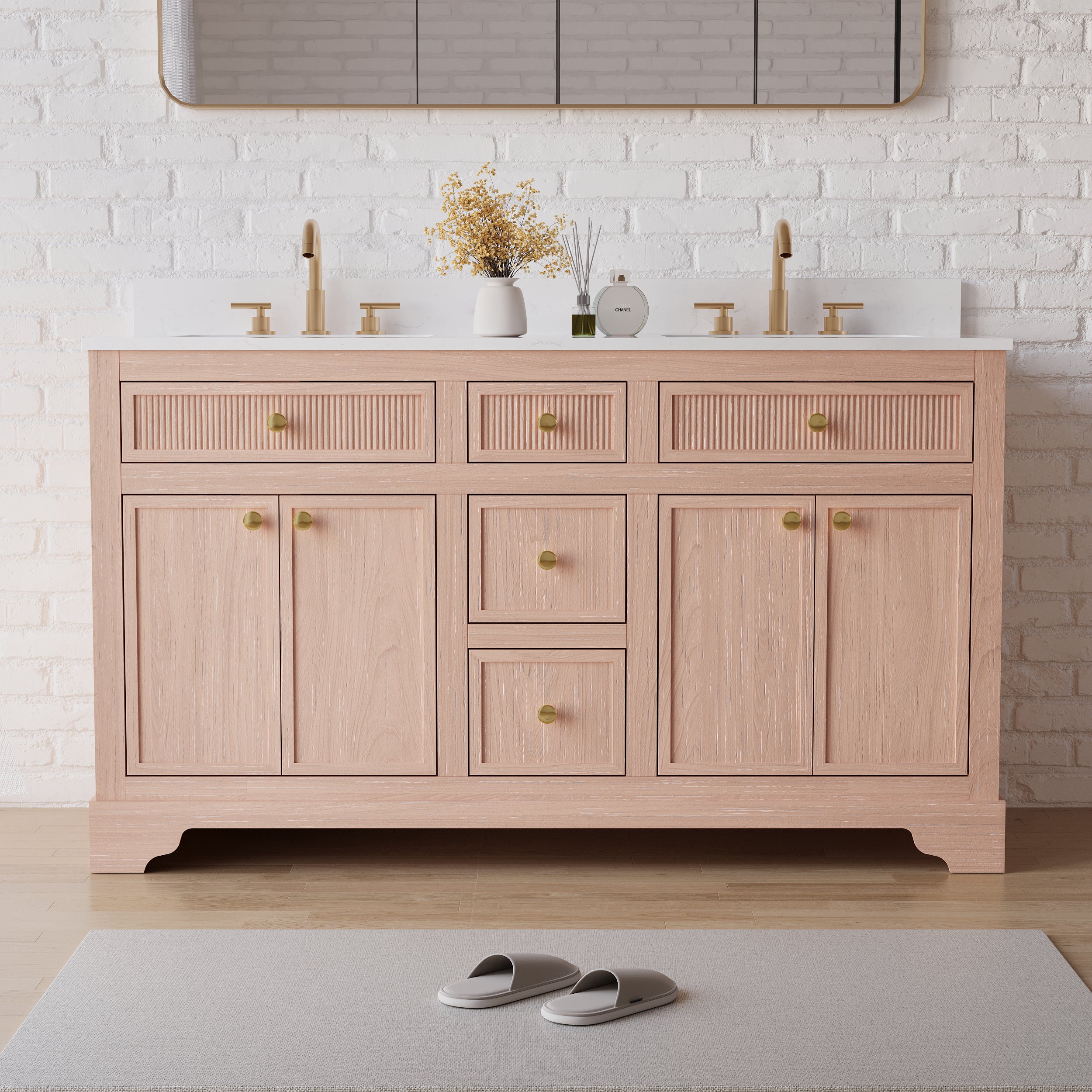
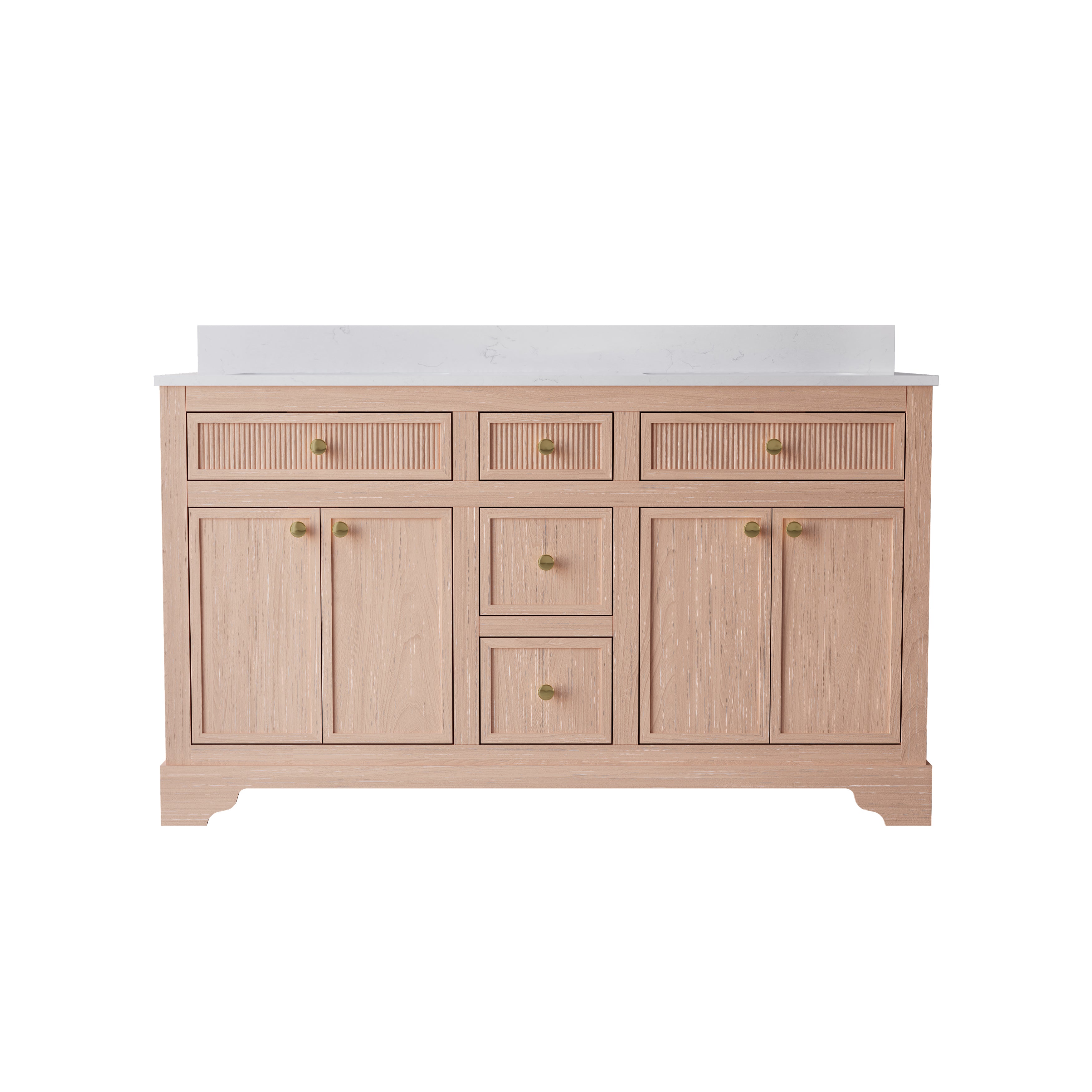
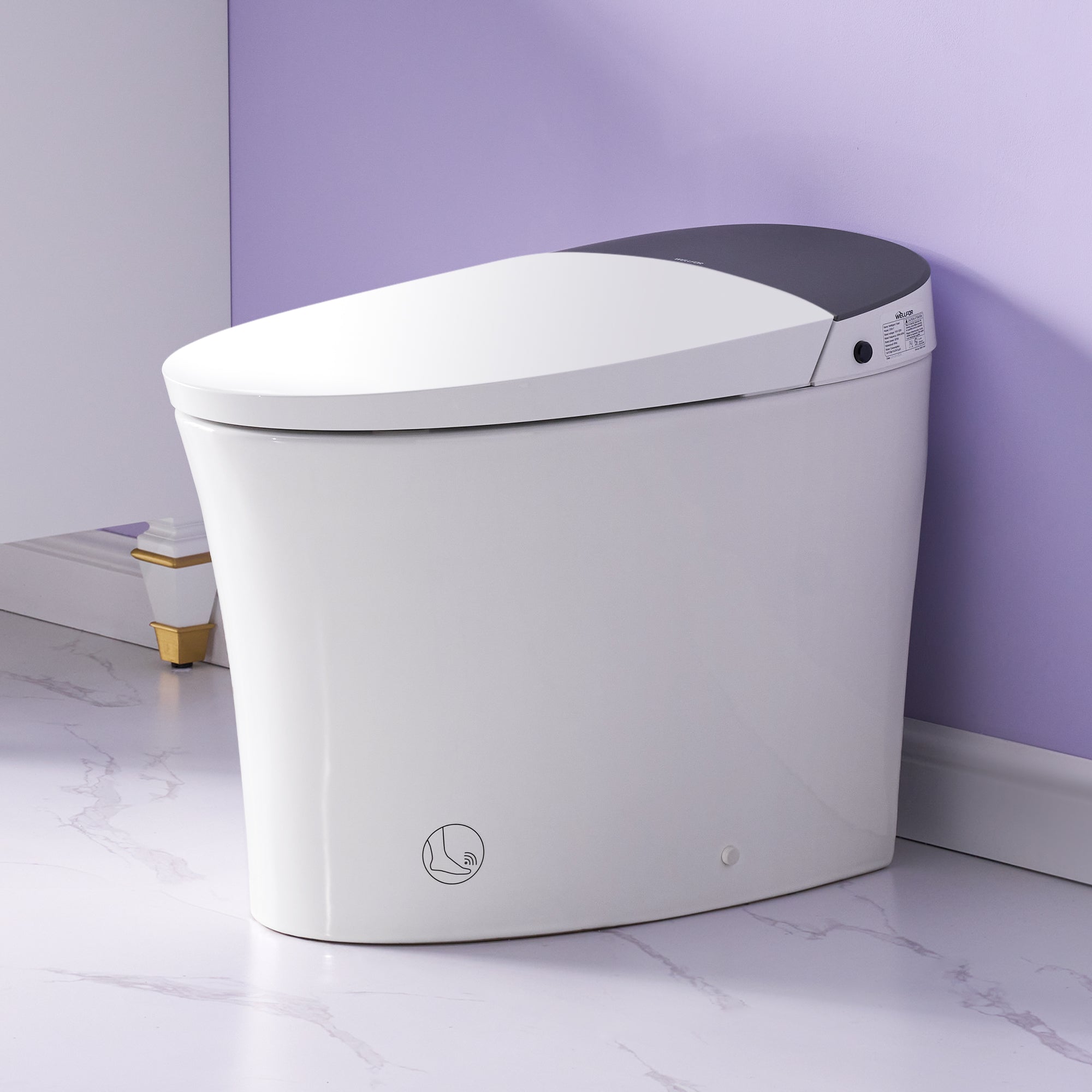
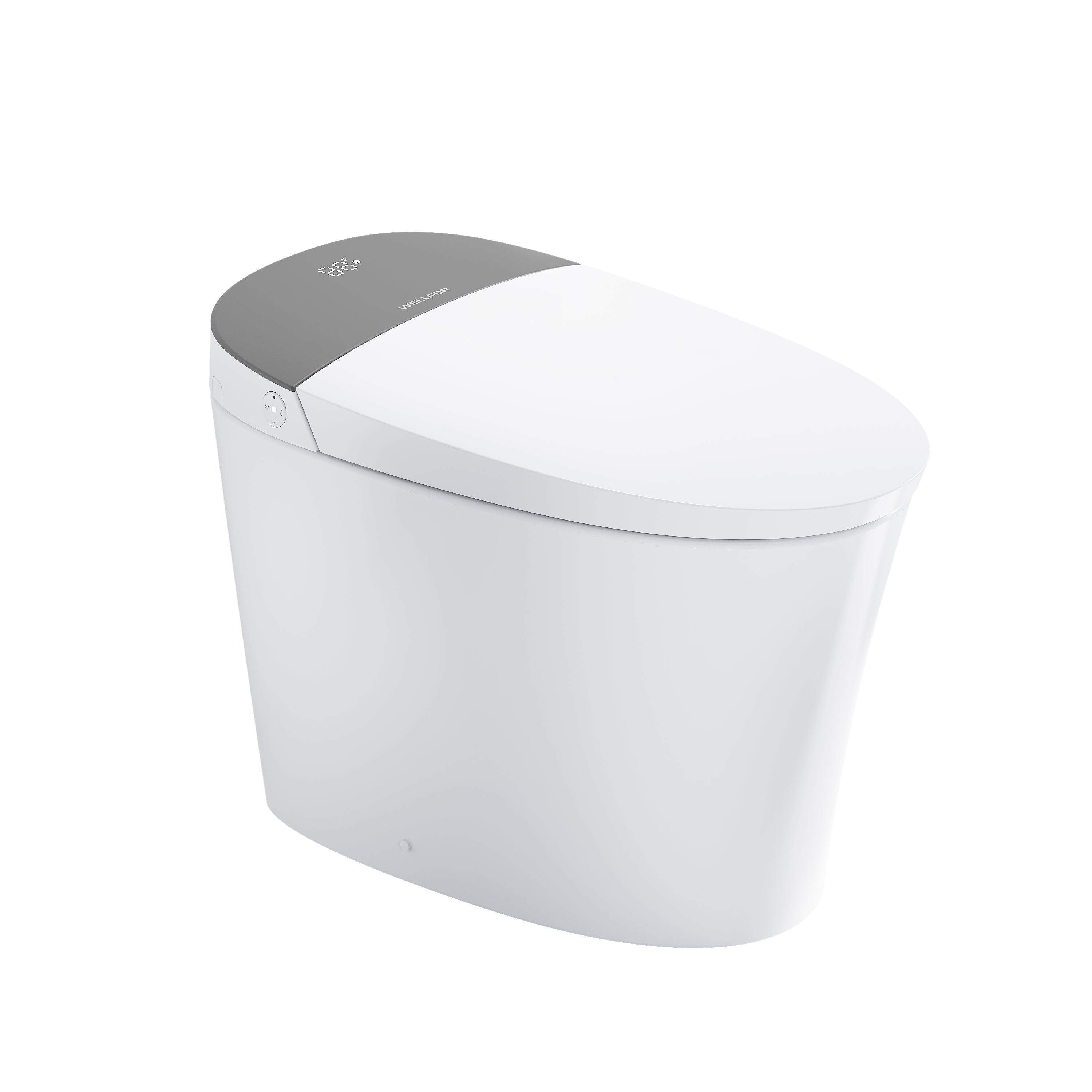
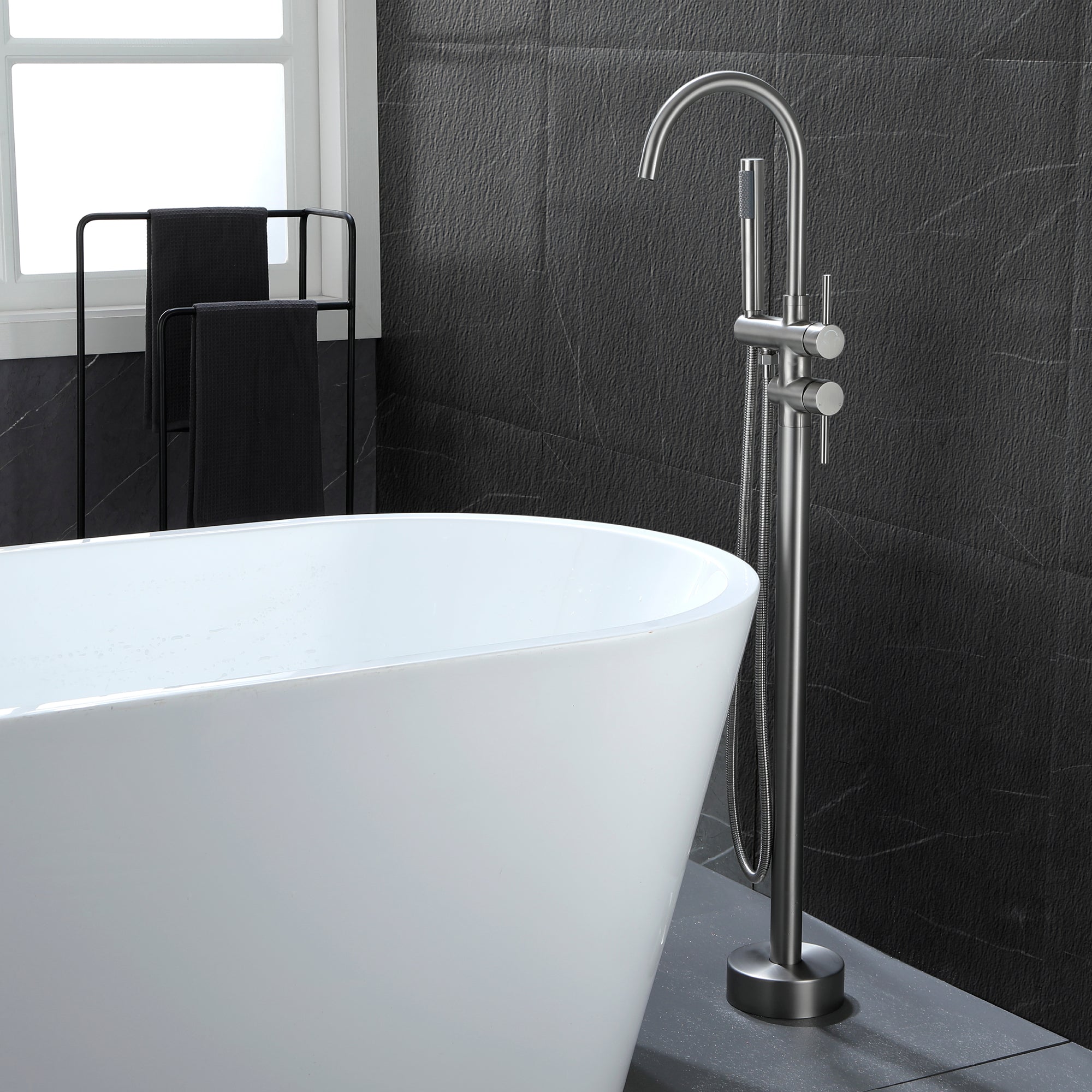

Leave a comment
This site is protected by hCaptcha and the hCaptcha Privacy Policy and Terms of Service apply.